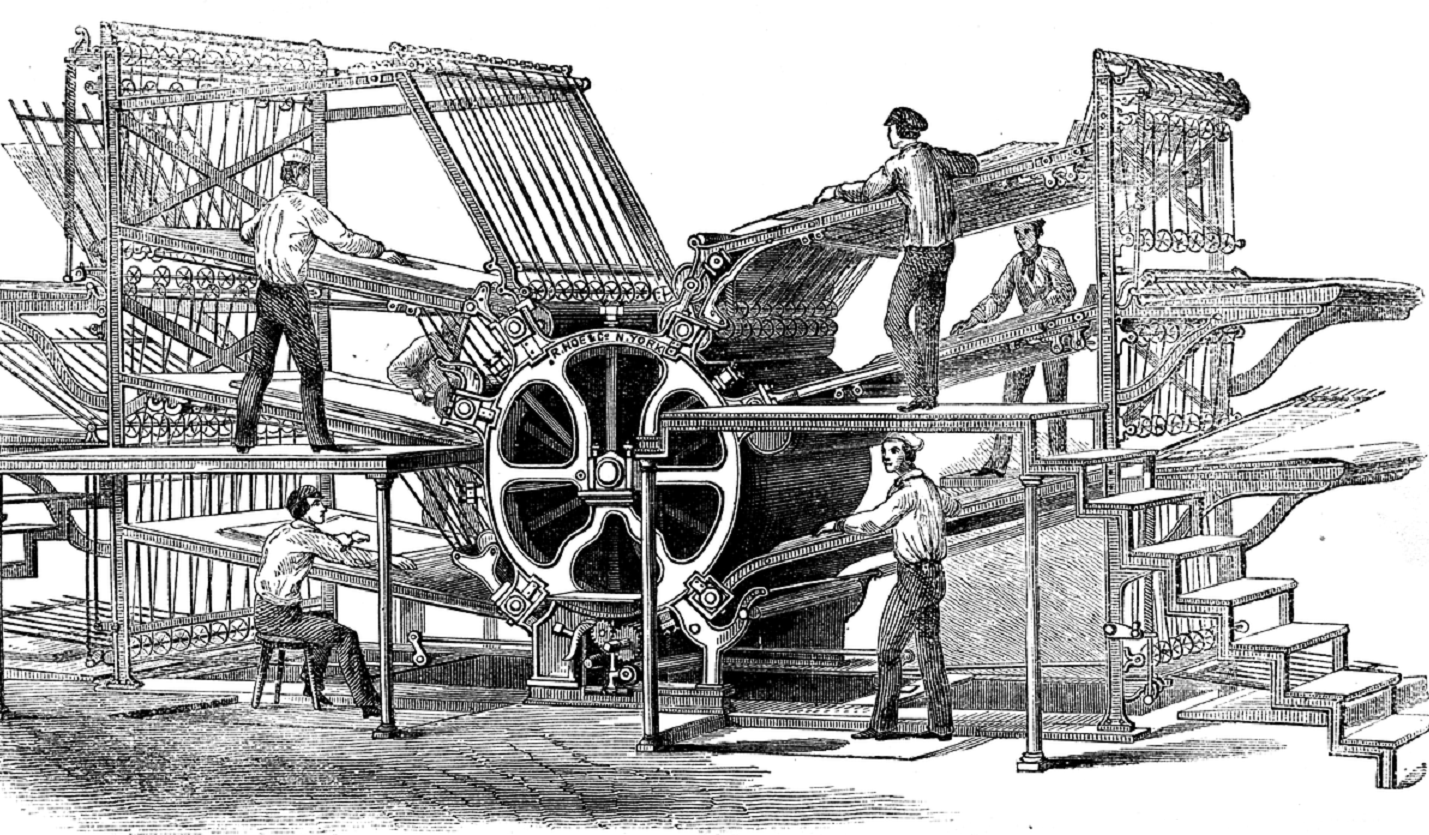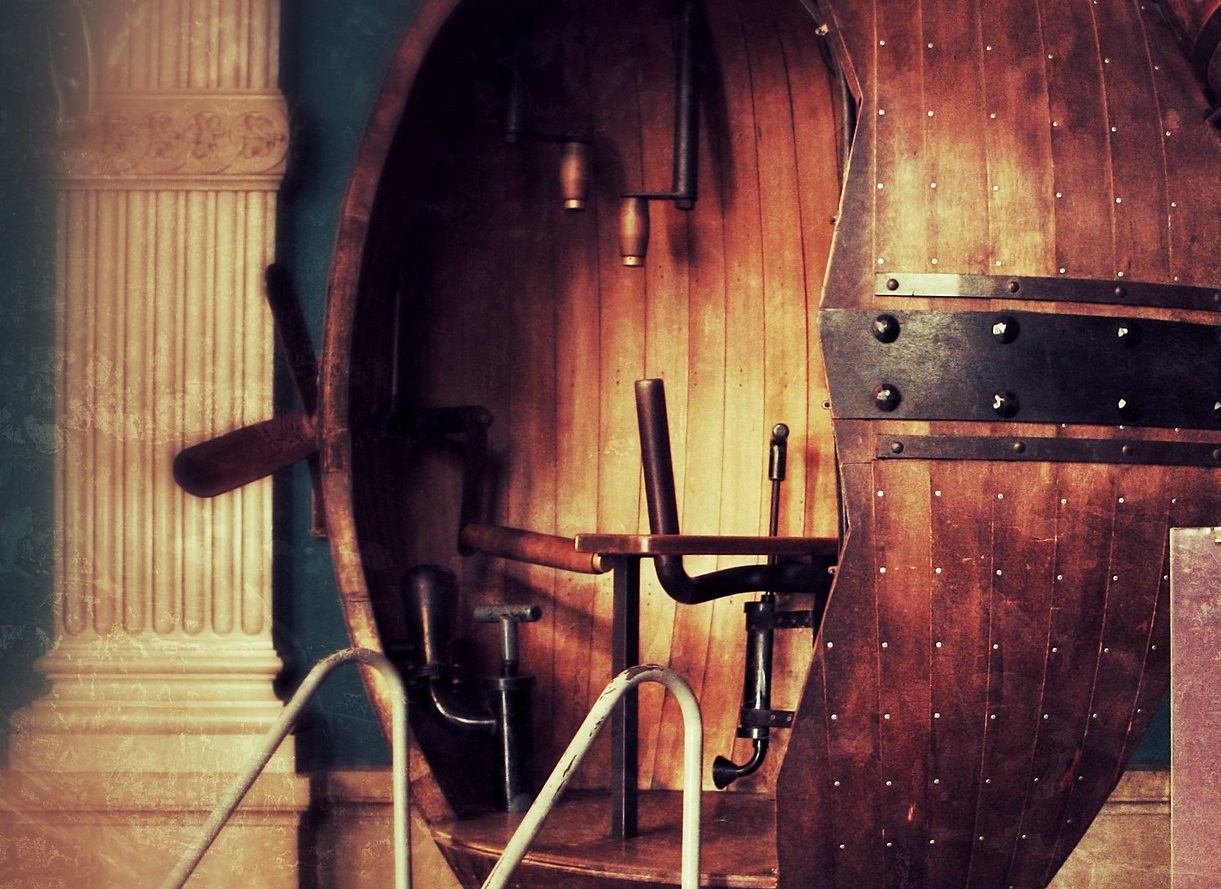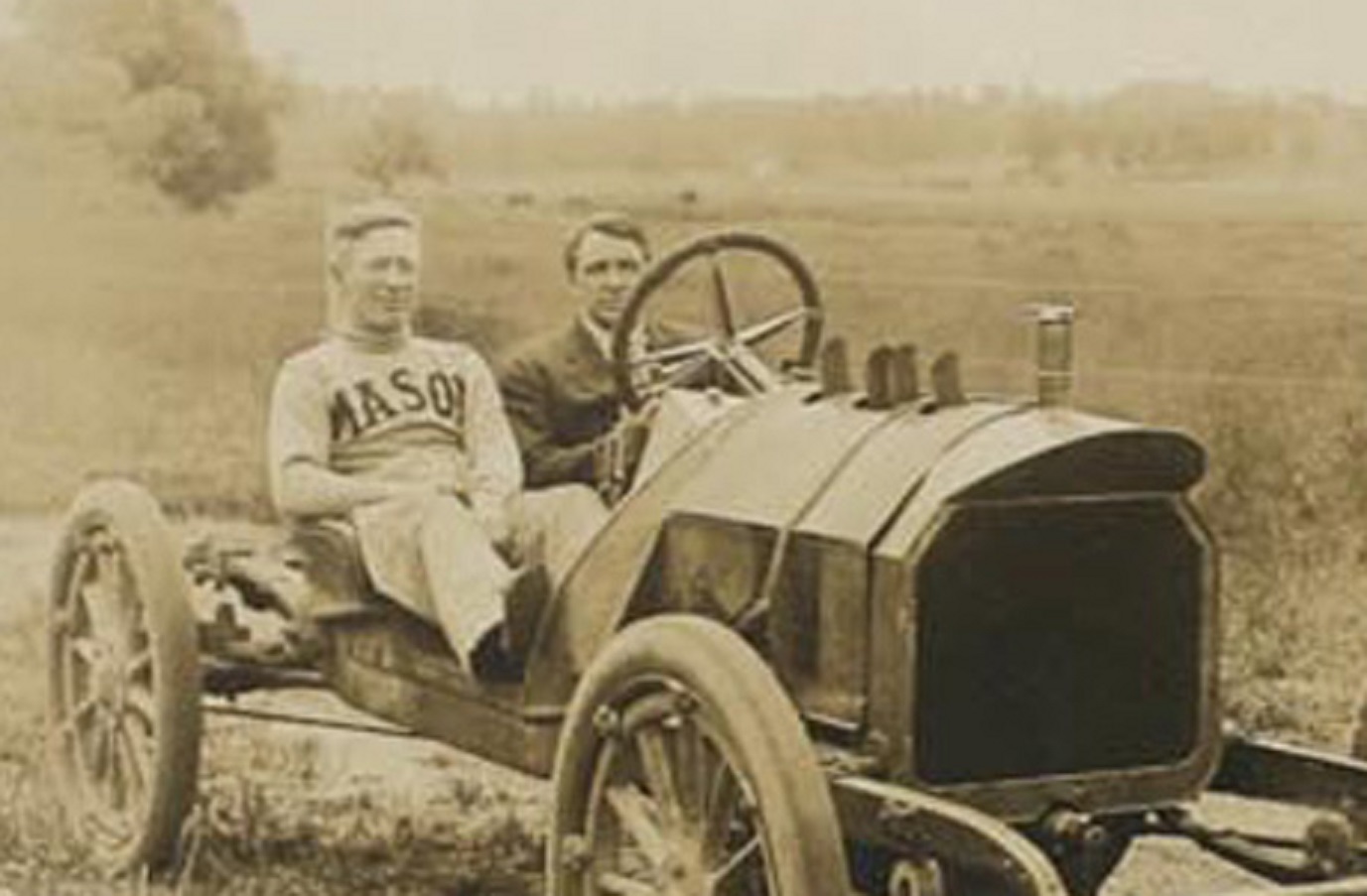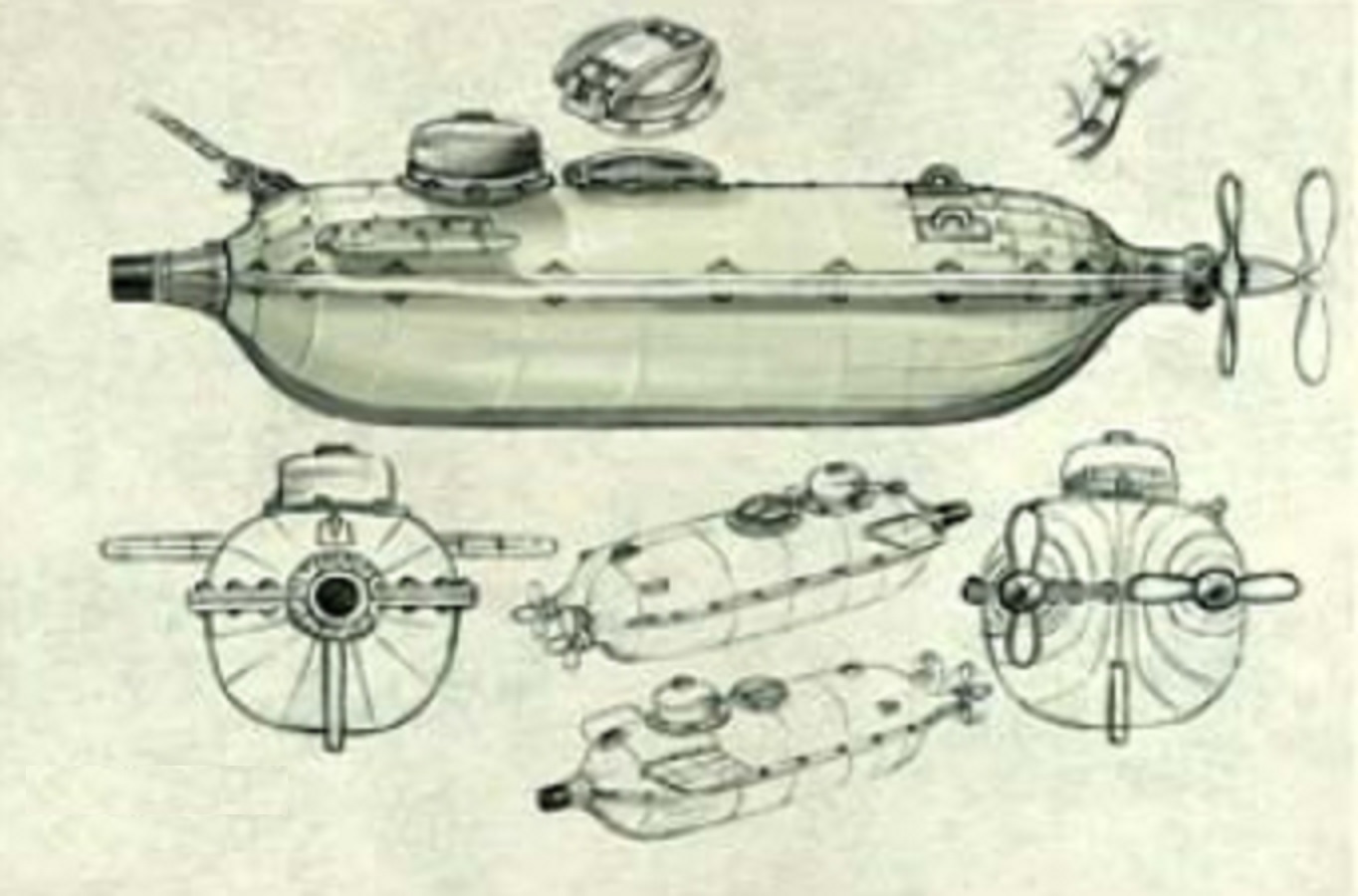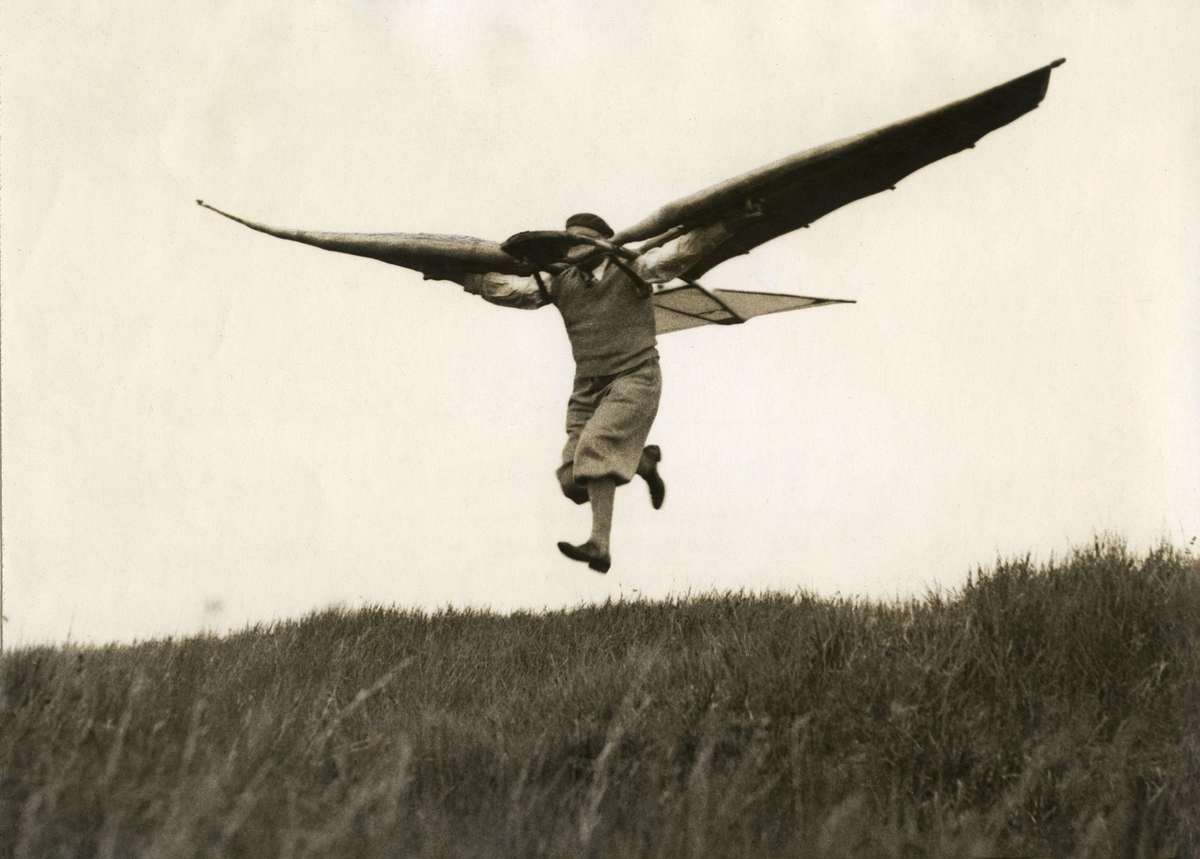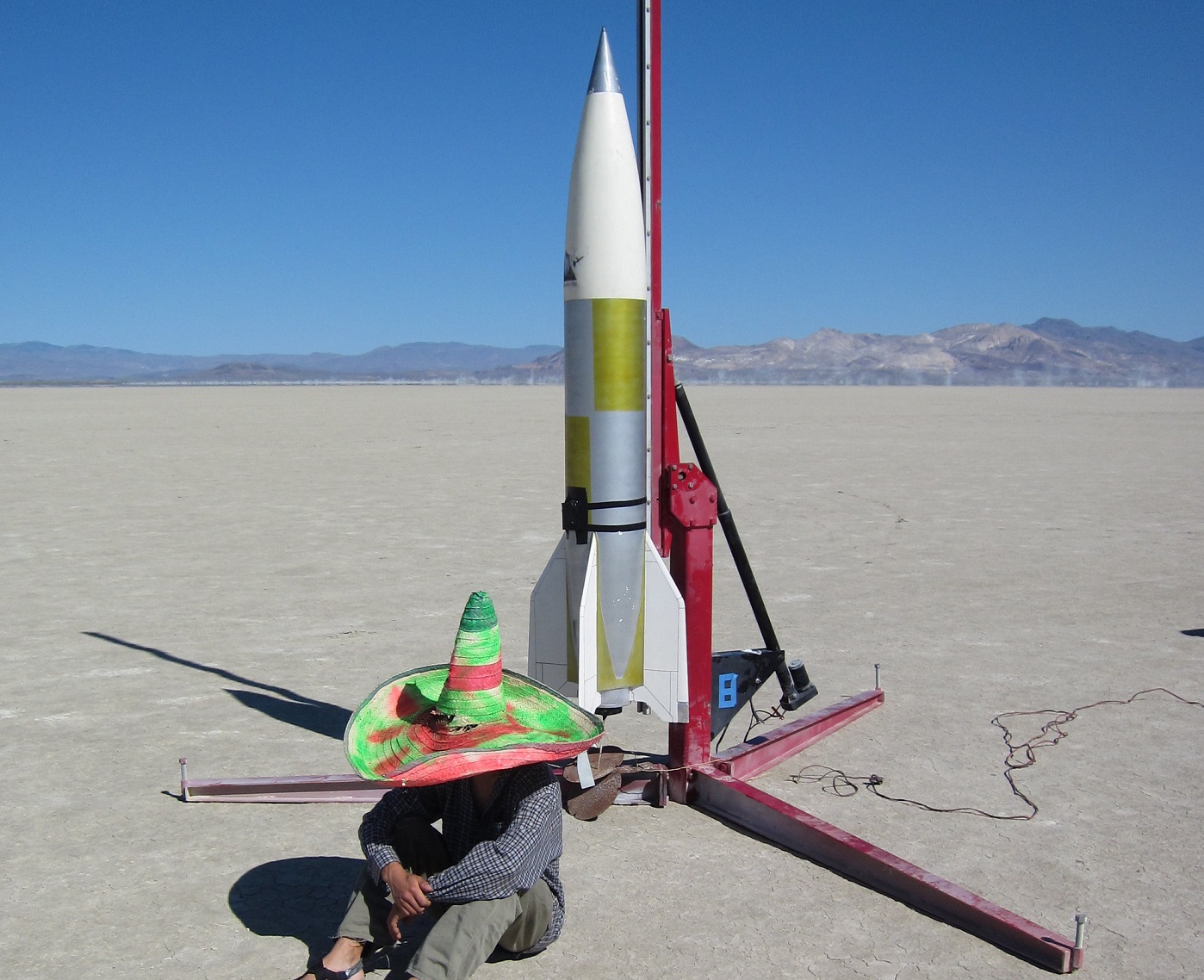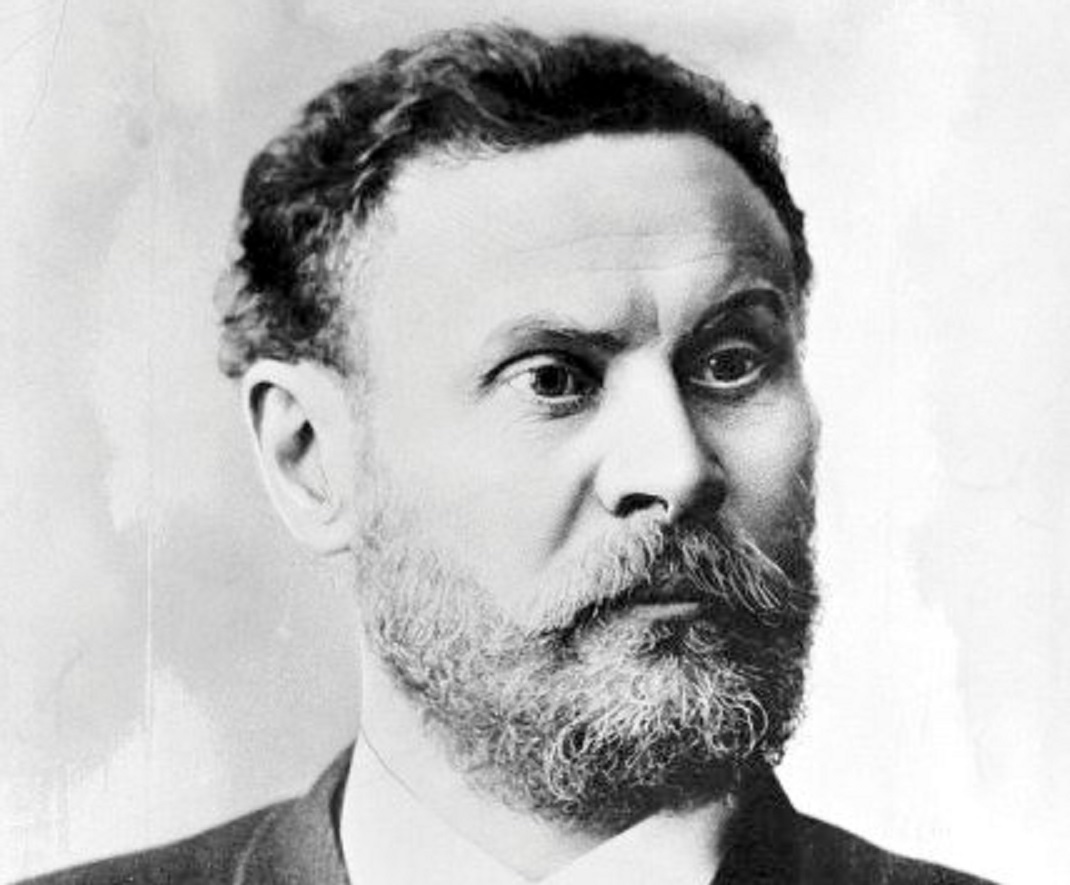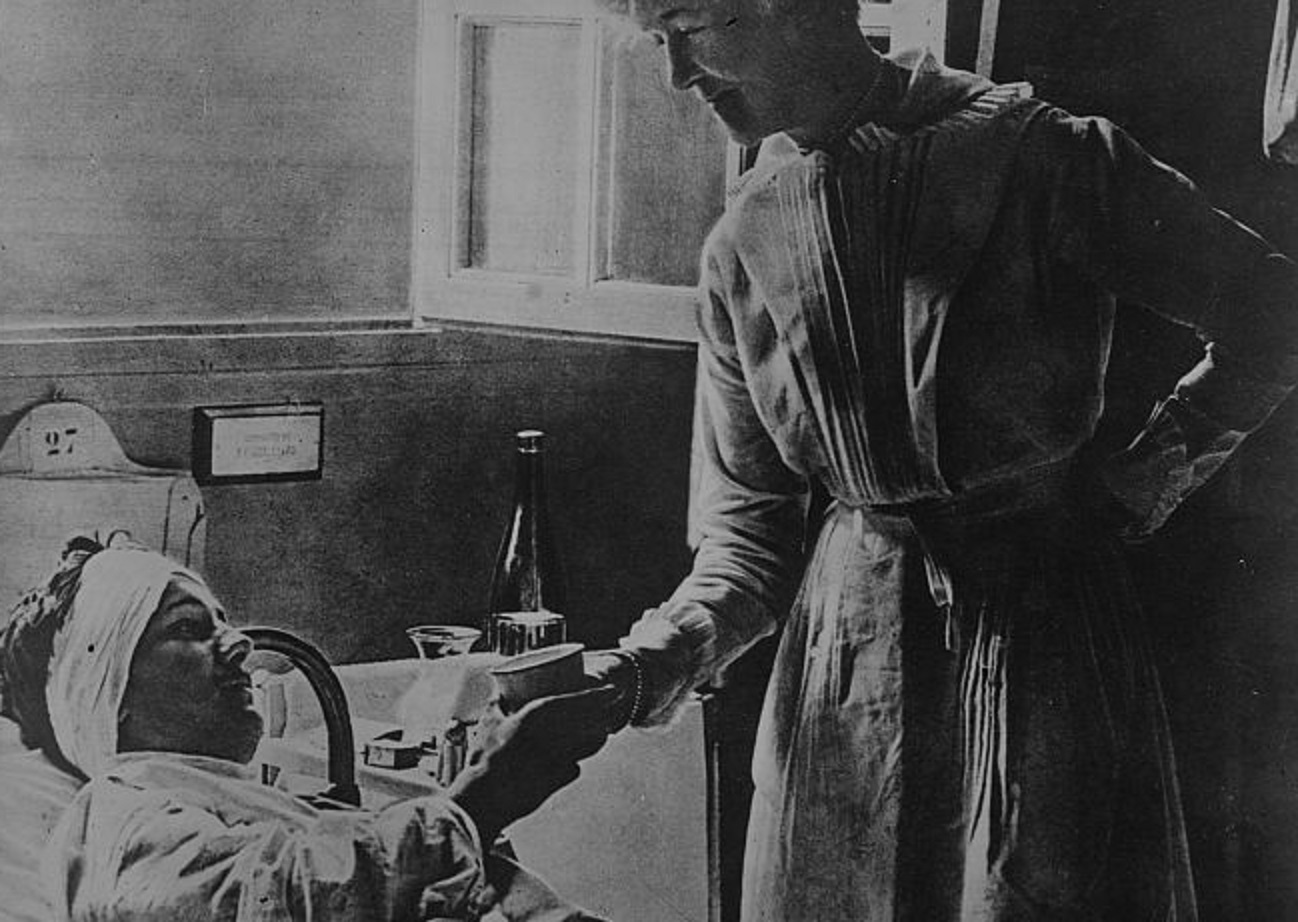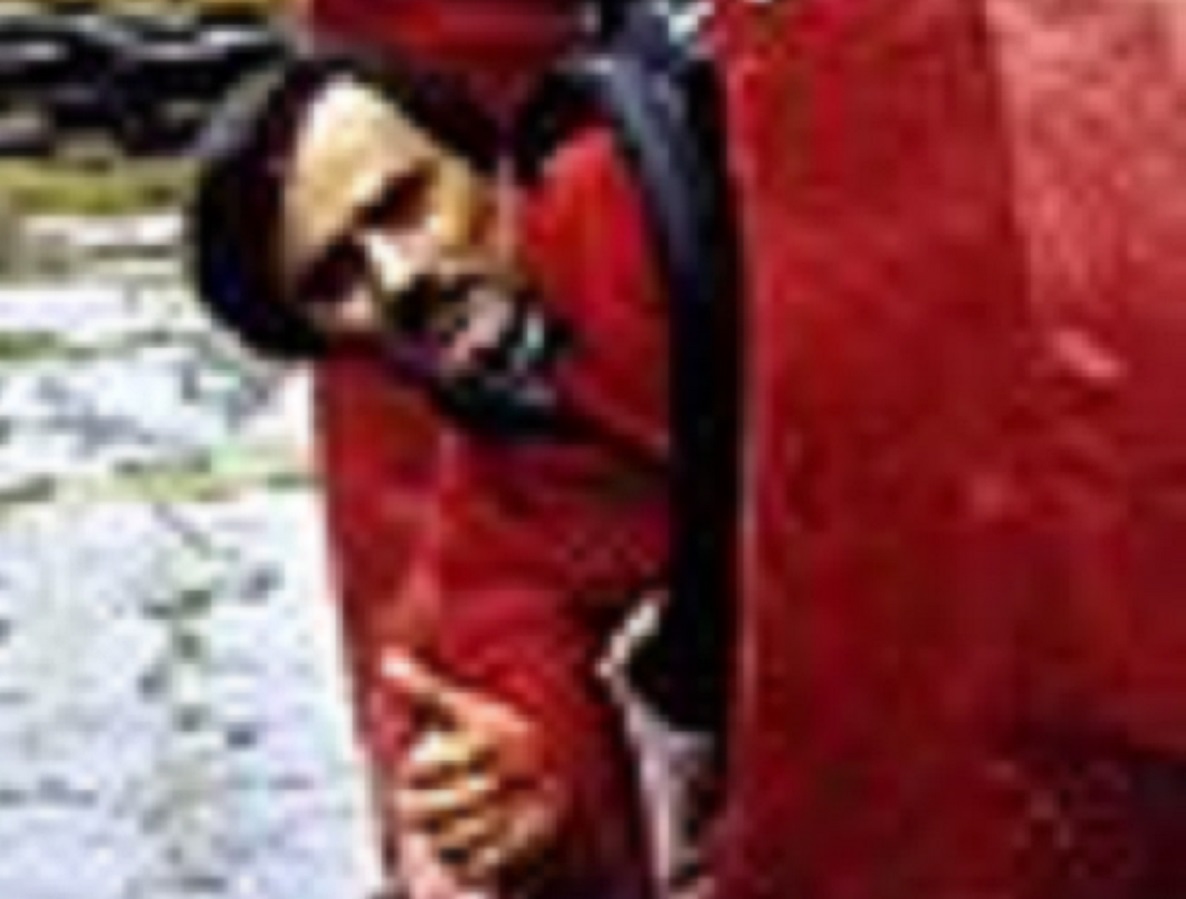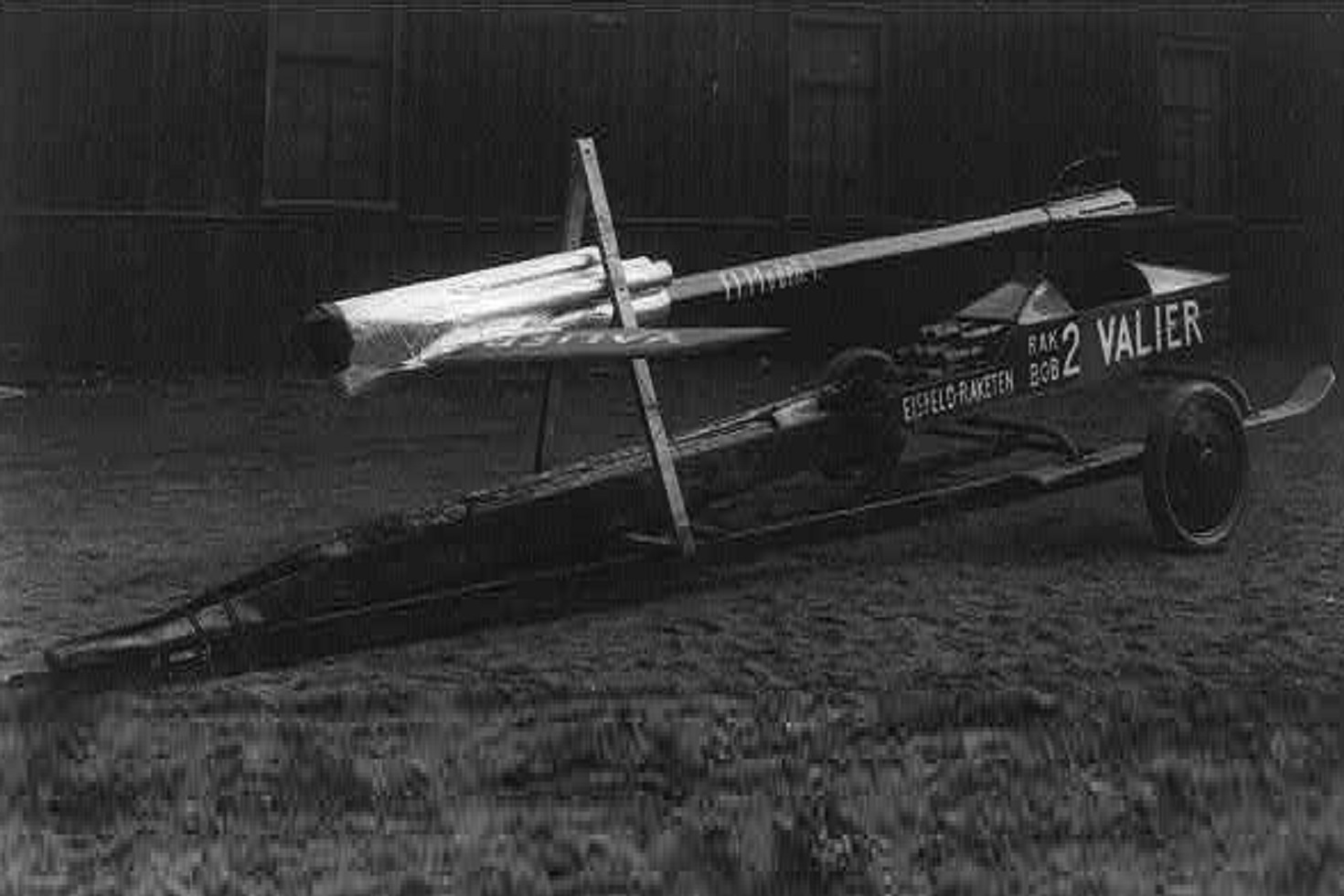Isn't It Ironic?
Inventors create the world of the future—but they don't always get to stick around to see it. These Dr. Frankensteins all created remarkable things, only for their inventions to turn on them.
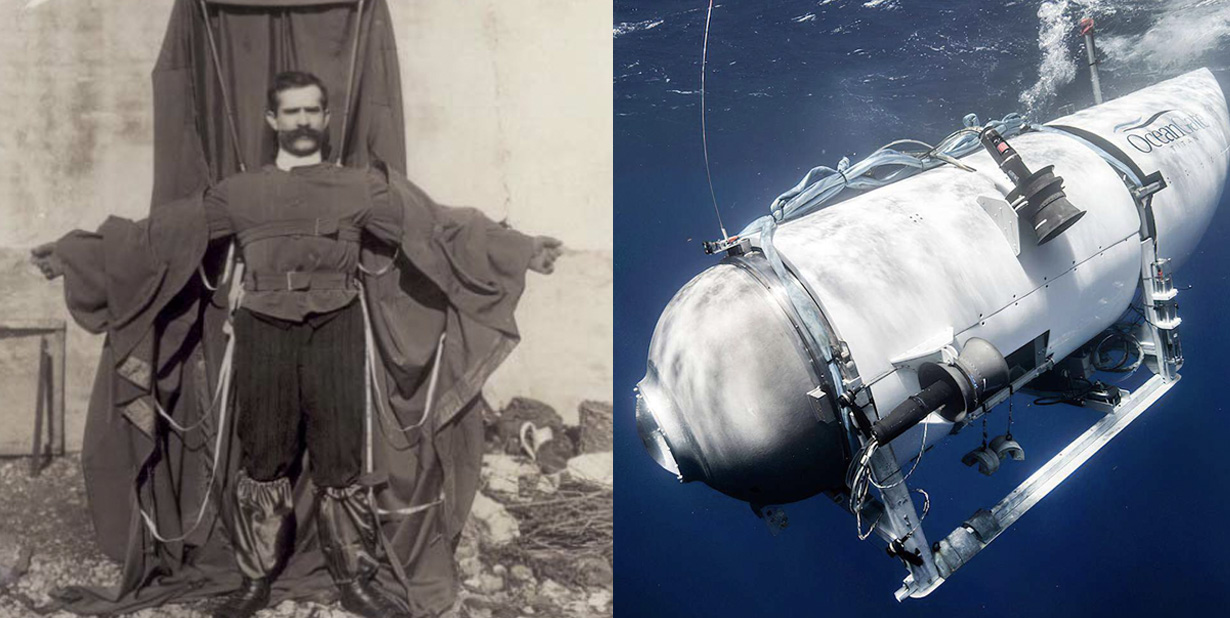
Thomas Andrew
Naval architect Thomas Andrews, the managing director of Harland and Wolff shipbuilding company, designed the Titanic to be the safest and most advanced ship in history.
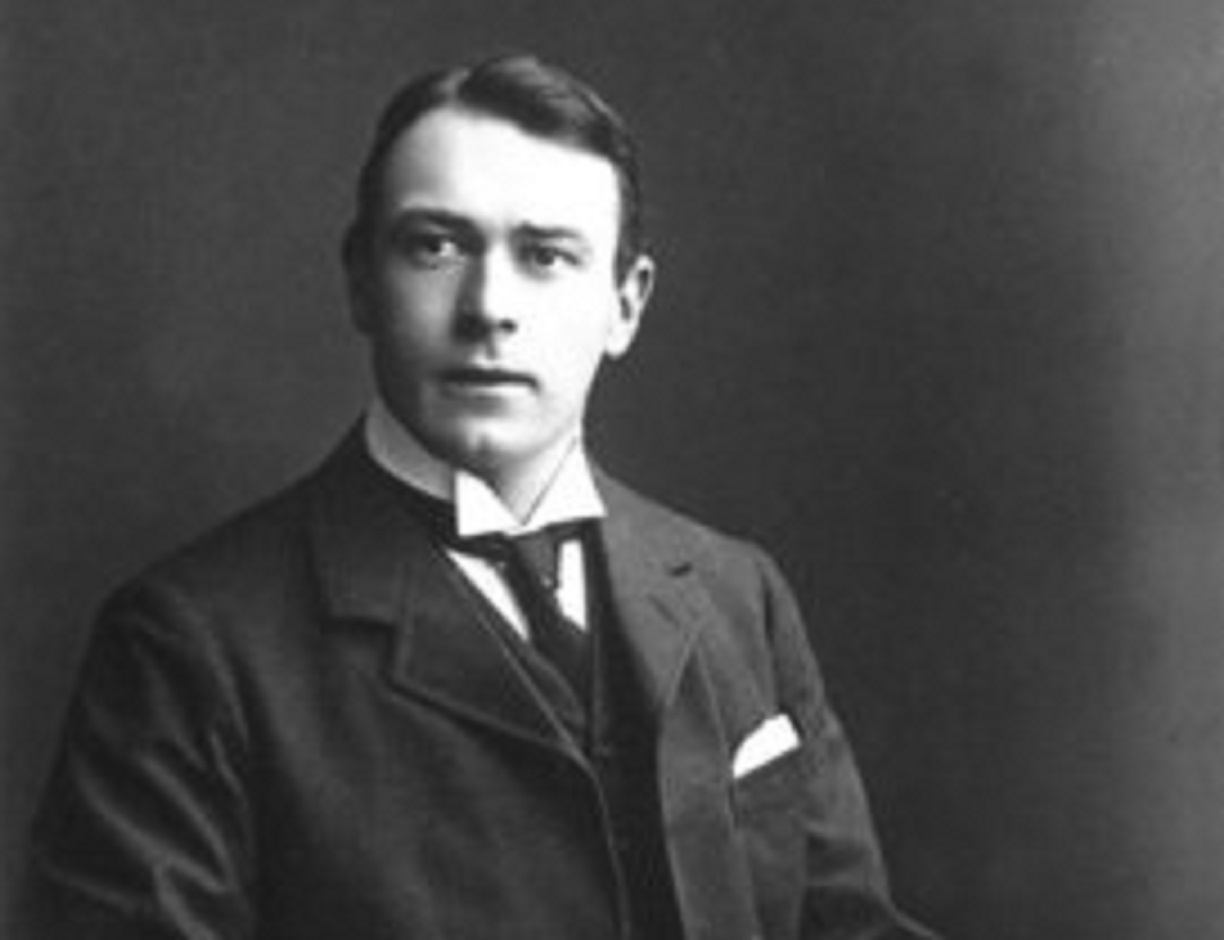 User:Gelosia, Wikimedia Commons
User:Gelosia, Wikimedia Commons
"She's Made Of Iron, Sir"
Andrews joined the maiden voyage of the Titanic to spot any potential improvements to his design, but after a few days he noted that she was "as nearly perfect as human brains can make her".
The Titanic struck an iceberg one day later, and Andrews went down with the ship.
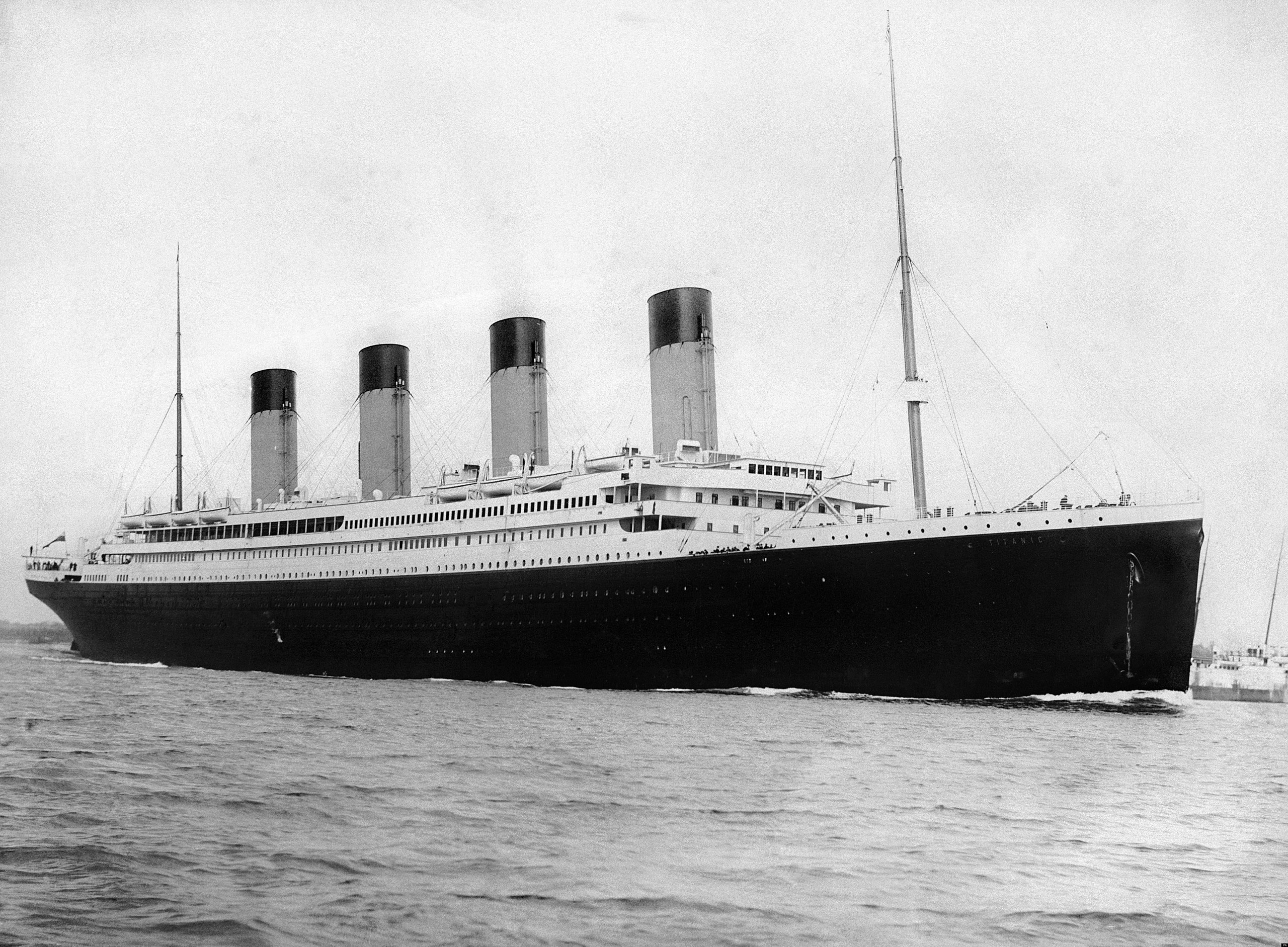 Francis Godolphin Osbourne Stuart, Wikimedia Commons
Francis Godolphin Osbourne Stuart, Wikimedia Commons
Valerian Abakovsky
Valerian Abakovsky was a Soviet engineer who came up with an idea for a high-speed railcar over a century ago. By mounting an aircraft engine to a railcar, Abakovsky's "Aerowagon" could reach nearly 90 miles an hour.
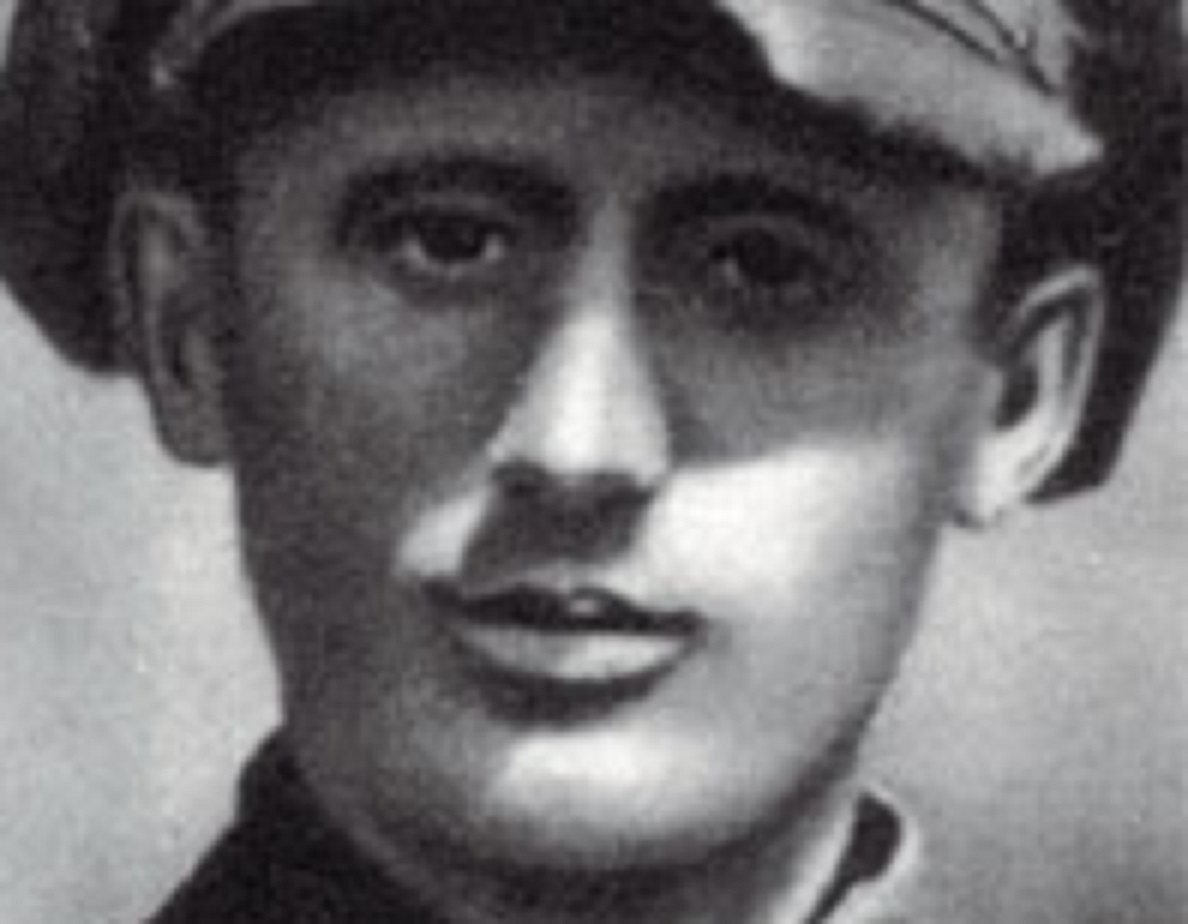 Unknown Author, Wikimedia Commons
Unknown Author, Wikimedia Commons
Too Fast
The Aerowagon was envisioned as a way to transport Soviet officials across the country quickly, but it never came to be. During a 1921 test, it derailed while near top speed. Seven people lost their lives, Abakovsky included.
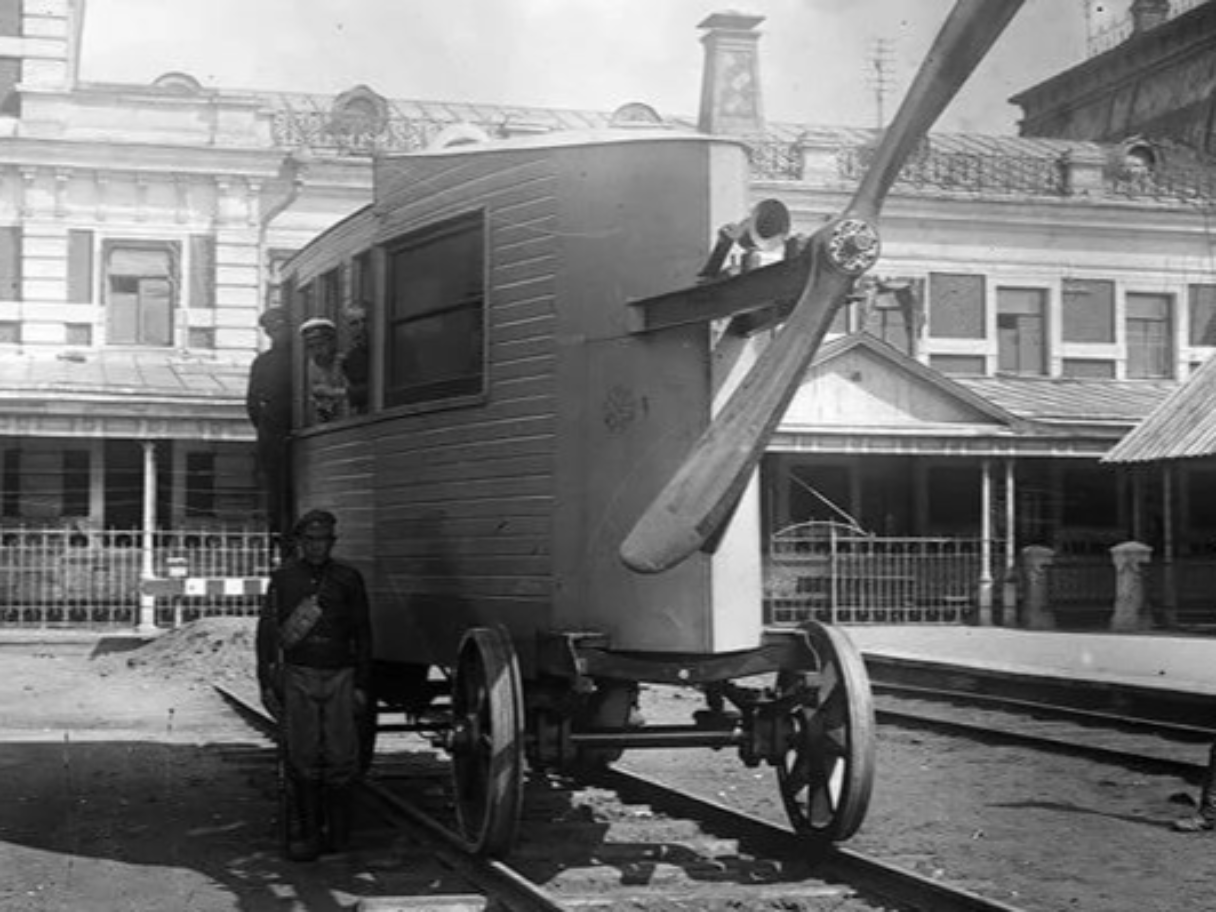 Unknown Author, Wikimedia Commons
Unknown Author, Wikimedia Commons
Alexander Bogdanov
Alexander Bogdanov was a Russian, and later Soviet, genius who was one of the architects of the Russian Revolution, as well as a philosopher, science fiction writer, and physician—with a particular interest in blood transfusions.
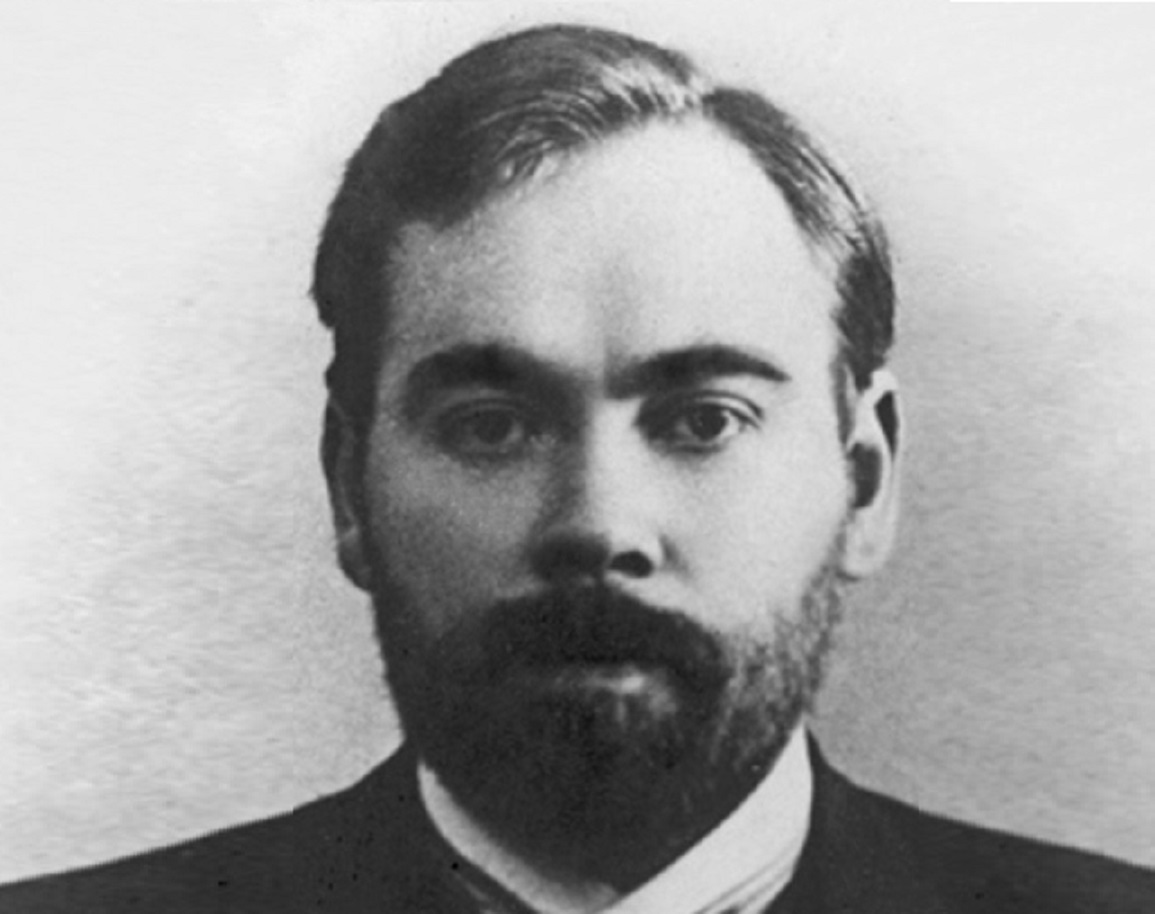 Unknown Author, Wikimedia Commons
Unknown Author, Wikimedia Commons
A Very Bad Idea
Bogdanov believed he had created a way to become younger by injecting himself with the blood of a man in his 20s. After his first tests, he remarked that he seemed 10 years younger at least.
Then he injected himself with the blood of student with malaria and TB and died.
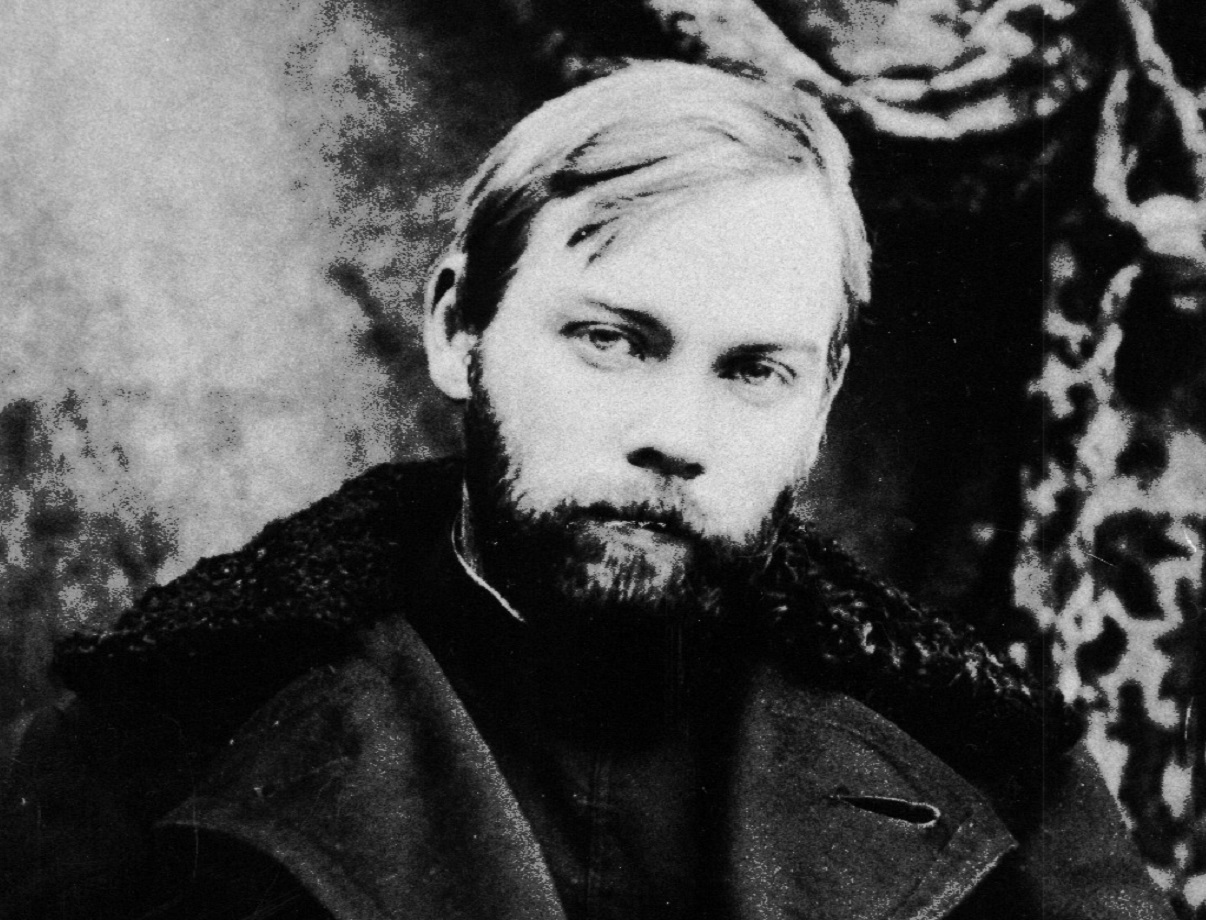 Unknown Author, Wikimedia Commons
Unknown Author, Wikimedia Commons
William Bullock
Though he didn't invent the rotary printing press, William Bullock's improvements to the design revolutionized the printing industry.
While older versions still required a lot of laborious hand-feeding, Bullock's version could churn out 12,000 sheets an hour.
 Unknown Author, Wikimedia Commons
Unknown Author, Wikimedia Commons
Don't Stand Too Close
While doing maintenance on one of his machines, Bullock got his foot crushed in the mechanism. His maimed leg developed gangrene, and eventually needed to be amputated. He didn't survive the surgery.
Robert Cocking
Robert Cocking wasn't a scientist. He was a watercolor painter, but that didn't stop him from performing his own amateur experiments—such as creating his own homemade parachute.
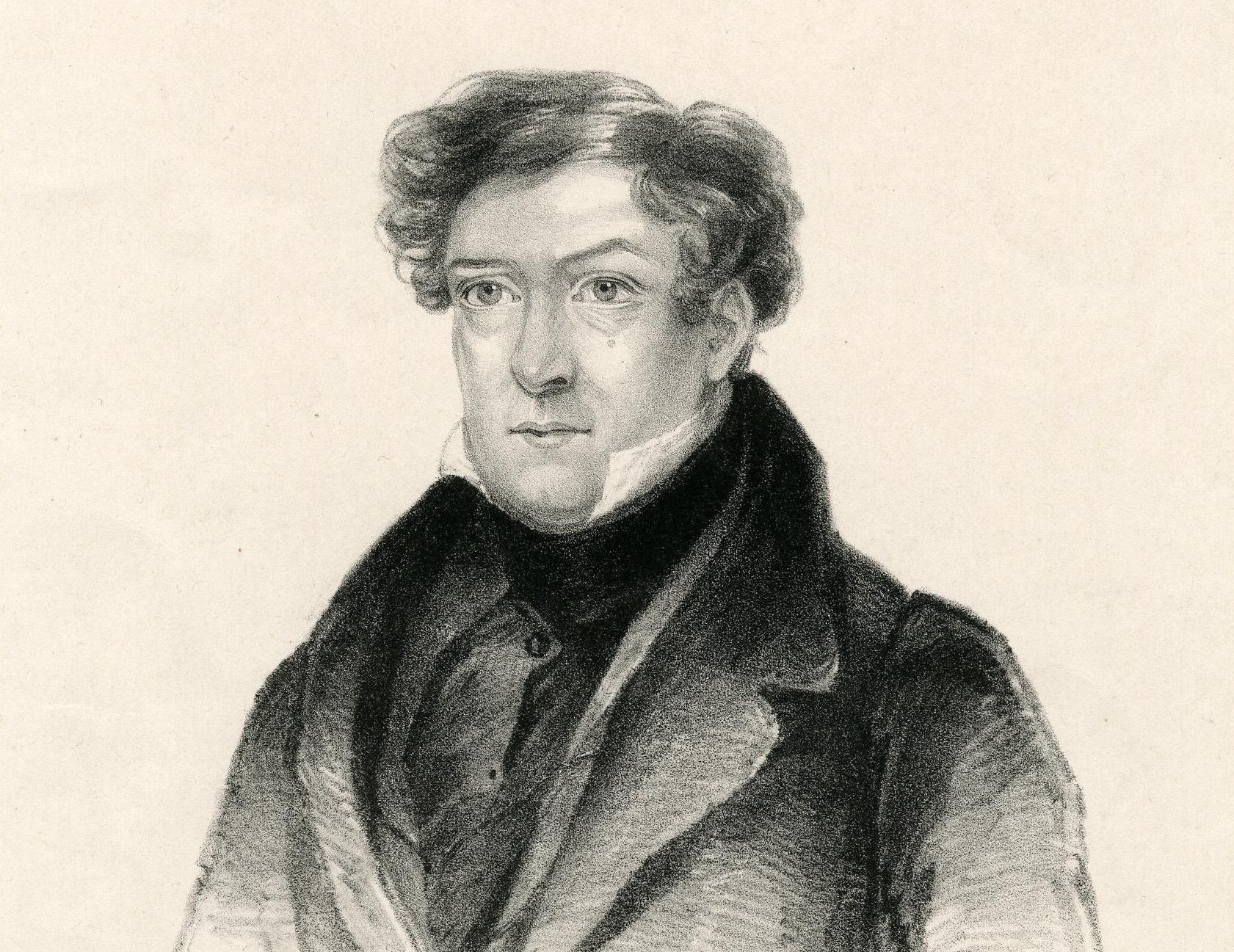 British Museum, Wikimedia Commons
British Museum, Wikimedia Commons
Should Have Double Checked
While designing his parachute, Cocking took his own weight into account—but forgot that the parachute itself added a lot of mass.
The thing completely failed, and Cocking plummeted to his doom in front of a crowd of horrified onlookers.
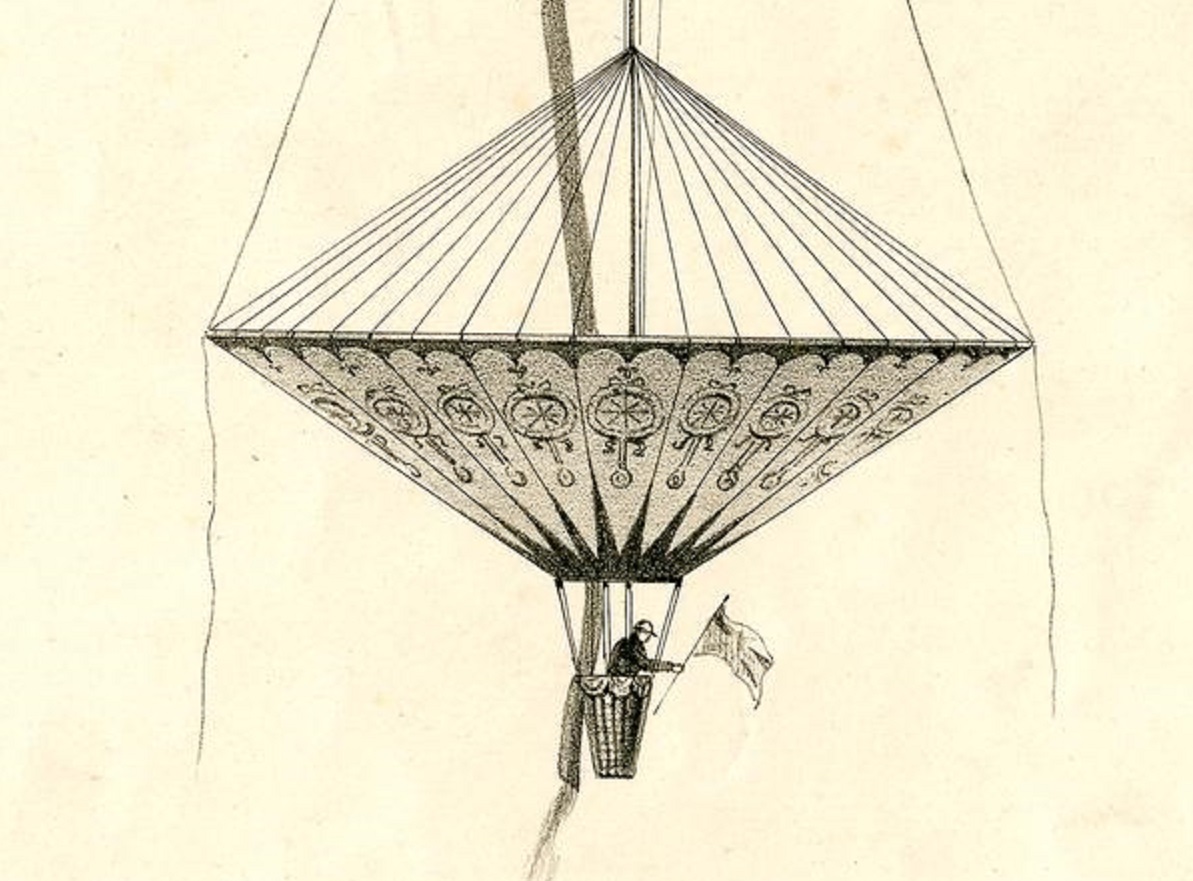 British Museum, Wikimedia Commons
British Museum, Wikimedia Commons
Cowper Phipps Coles
Captain Cowper Phipps Coles personally designed the HMS Captain to be one of the most formidable and advanced ships in the world, with iron armor, steam engines, and a fortified, rotating turret.
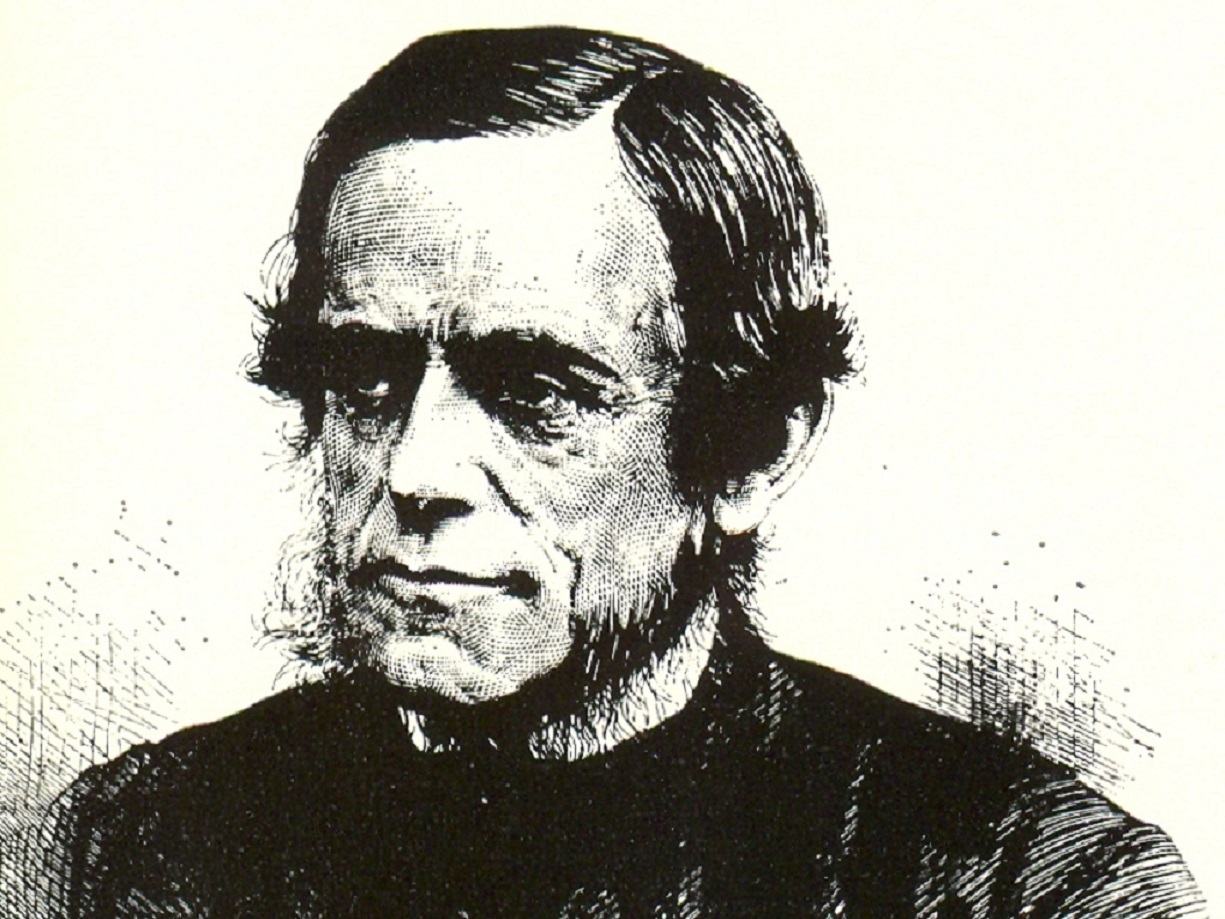 Illustrated London News, Wikimedia Commons
Illustrated London News, Wikimedia Commons
You Forgot One Thing...
The HMS Captain looked impressive—but it was unstable and handled terribly. Just five months after entering service, the Captain capsized in heavy seas, claiming 480 lives, Coles included.
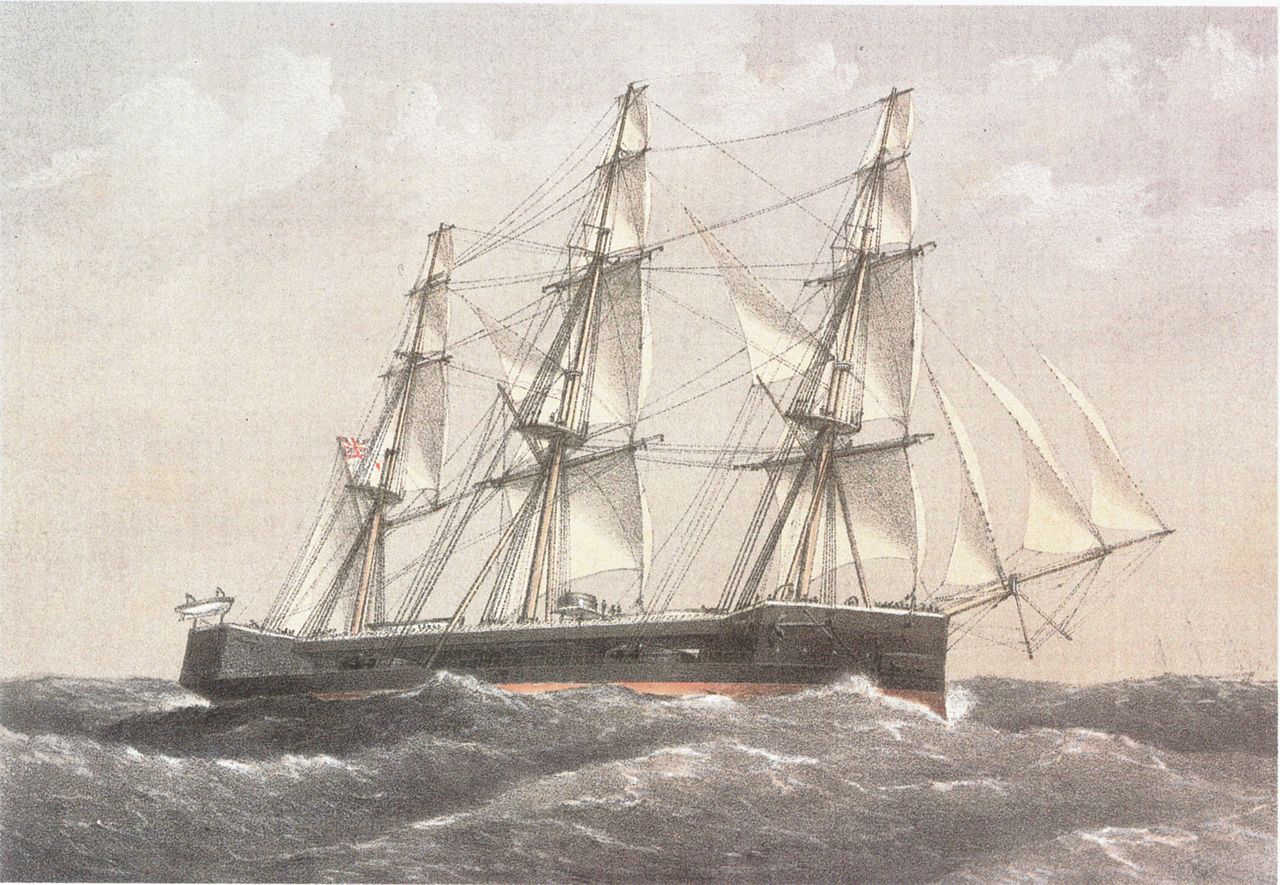 William Frederick Mitchell, Wikimedia Commons
William Frederick Mitchell, Wikimedia Commons
Marie Curie
The first-ever female Nobel Prize Winner, Marie Curie's pioneering research into radioactivity—a term she coined—changed the face of science forever.
But because she was the one who invented it, she was also the one to discover its dangers.
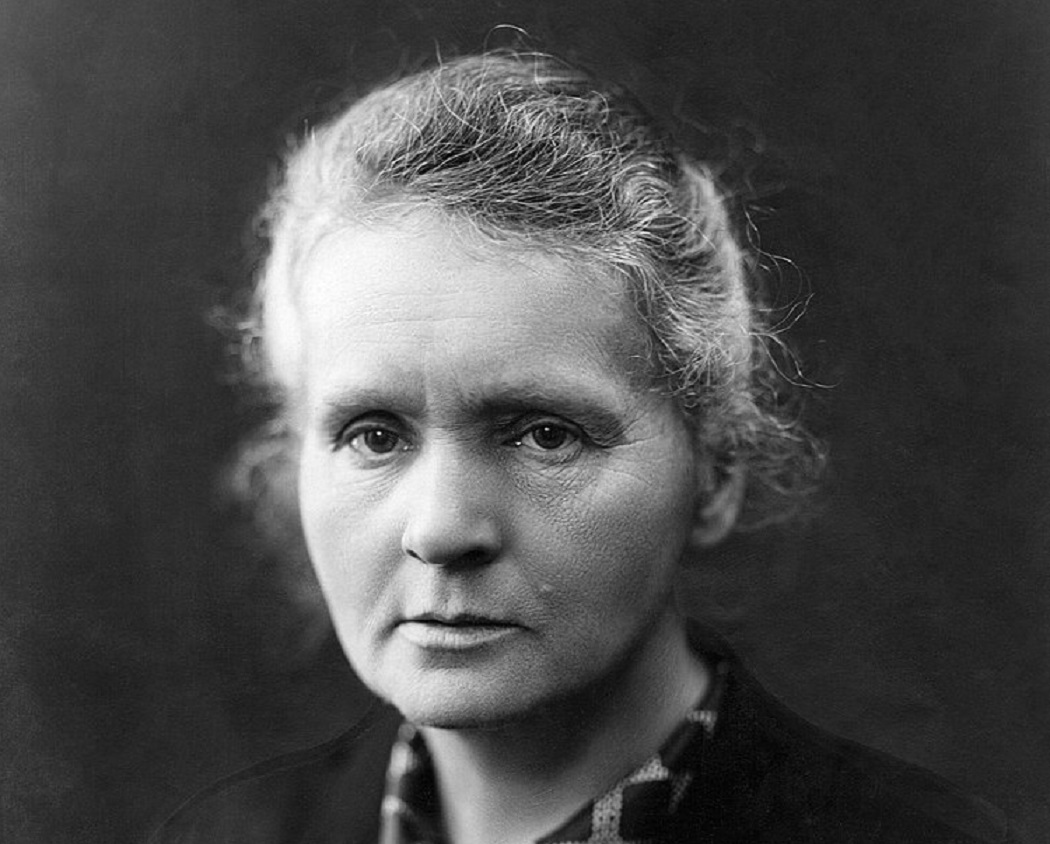 Henri Manuel, Wikimedia Commons
Henri Manuel, Wikimedia Commons
Radiation Is No Joke
Marie Curie often carried test tubes of radioactive material in her pockets, and the radiation most likely caused irreparable damage to her bone marrow.
She succumbed to aplastic anaemia at age 66.
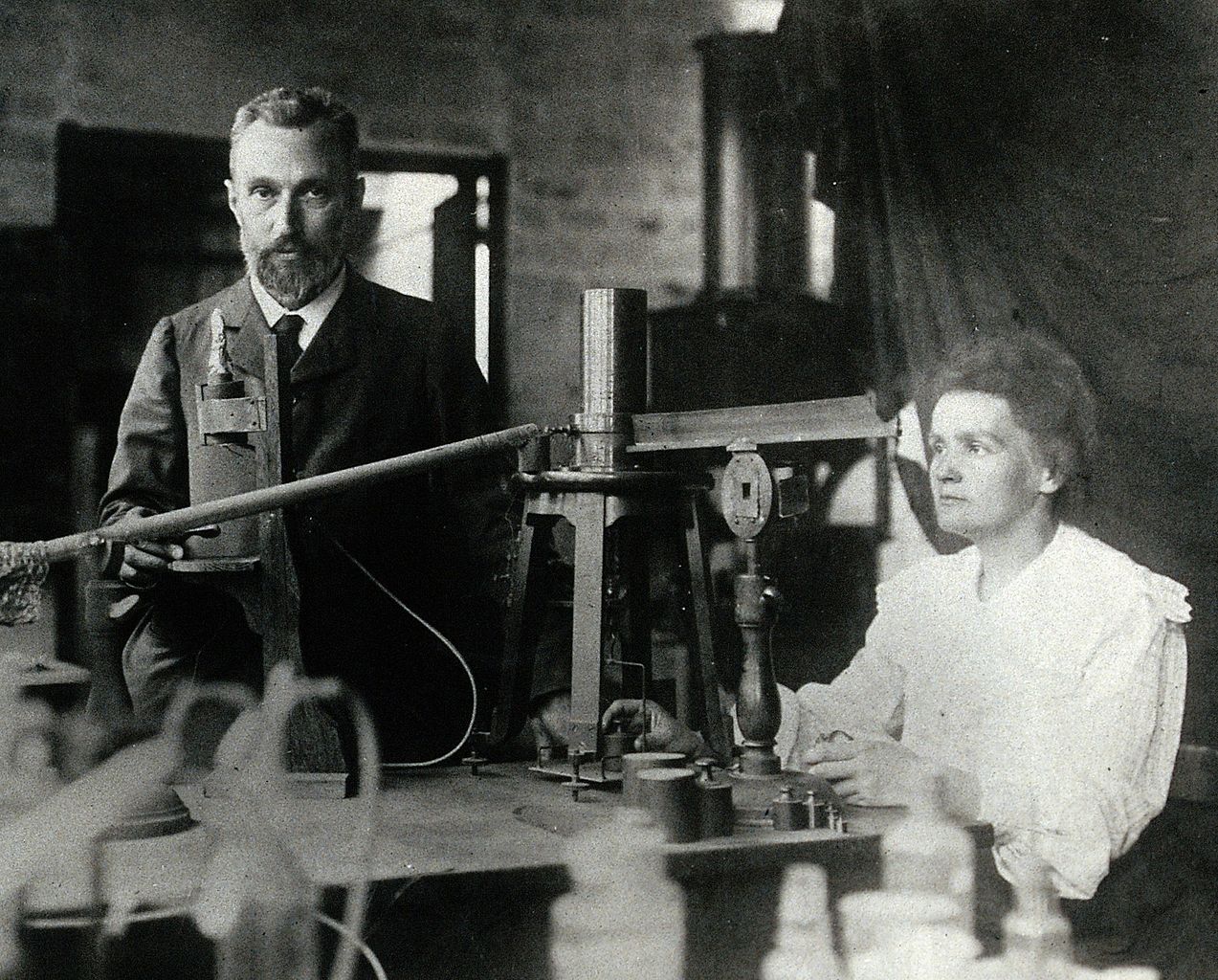 Unknown Author, Wikimedia Commons
Unknown Author, Wikimedia Commons
Michael Dacre
Michael Dacre invented the AVCEN Jetpod, a short takeoff and landing vehicle, to act as a flying taxi. In 2009, Dacre completed his prototype and took it for its first test flight.
After three failed takeoff attempts, Dacre managed to get airborne, climbing to 200m before losing control and crashing, costing him his life.
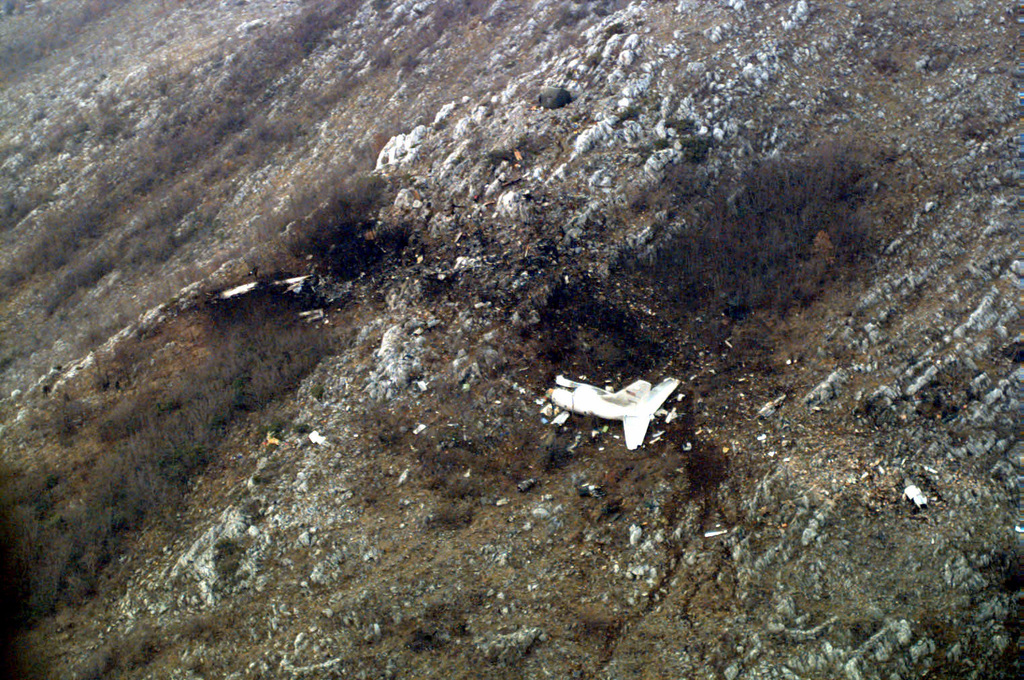 The U.S. National Archives, Picryl
The U.S. National Archives, Picryl
John Day
John Day was an English carpenter who bet his friend that he could build a "diving chamber" (essentially one of the first submarines) and stay in it underwater for 12 hours.
In Too Deep
Unfortunately, Day's calculations for his "diving chamber" were completely wrong. He went under on June 22, 1774—and simply never came back up.
Fred Duesenberg
Engineer Fred Duesenberg revolutionized the automotive industry with inventions like the first eight-cylinder engine. He and his brother started the Duesenberg Motor Company.
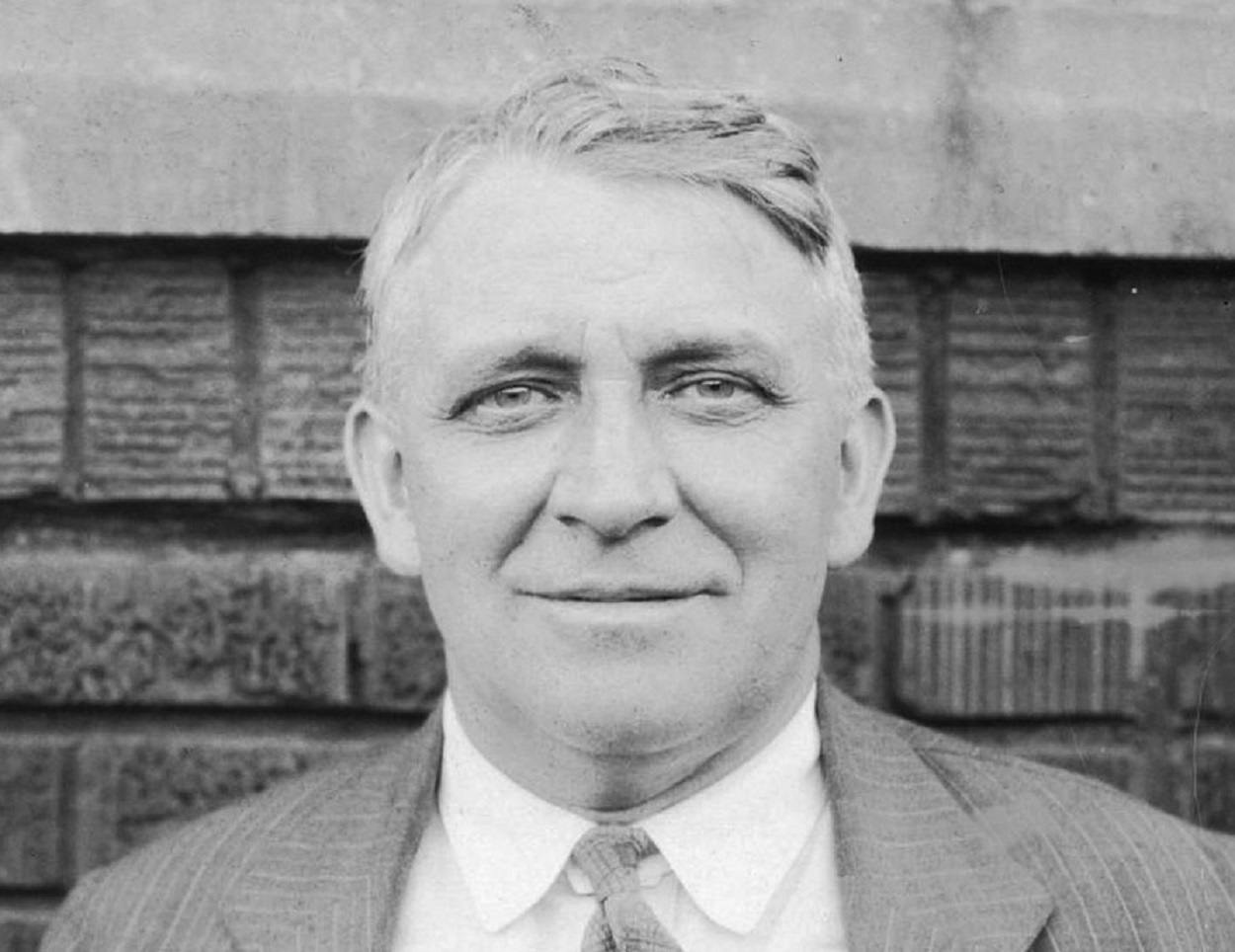 Own archive, Wikimedia Commons
Own archive, Wikimedia Commons
Lost Control
In 1932, while driving a prototype Duesenberg, Fred lost control on a slick highway. He was thrown from the car, but expected to make a full recovery. However, he developed pleural pneumonia and passed.
Karl Flach
Inventor Karl Flach had to flee Germany after taking part in a failed revolution. He emigrated to Chile where, with the support of the Chilean government, he built Flach, the first Chilean submarine.
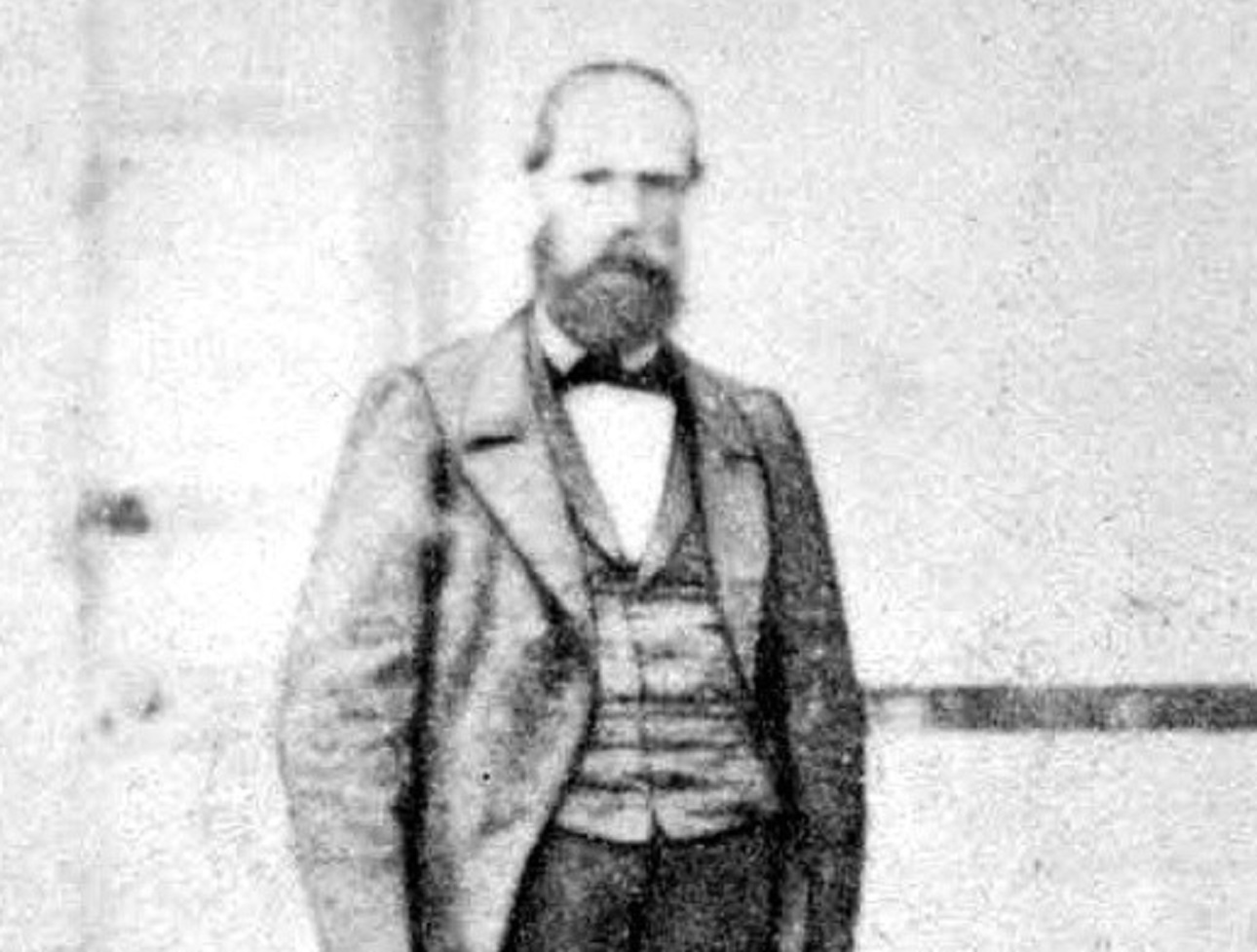 www.bentos.cl/archivos/SubmarinoFlach1, Wikimedia Commons
www.bentos.cl/archivos/SubmarinoFlach1, Wikimedia Commons
The Abyss
Though Flach had performed multiple successful test dives, she made an unexpected dive on May 3, 1866, and never resurfaced. Flach, his teenage son, and nine other crew members perished.
Abu Nasr al-Jawhari
Abu Nasr al-Jawhari, from modern-day Kazakhstan, built a medieval flying device consisting of two wooden wings and a rope over 1,000 years ago.
He personally tested his device by leaping from the roof of a Mosque. It did not work.
Mike Hughes
"Mad" Mike Hughes was an American flat-Earther and daredevil. In 2002, he set a Guinness World Record by jumping a stretch limo 103 feet.
Then he gained an interest in rockets.
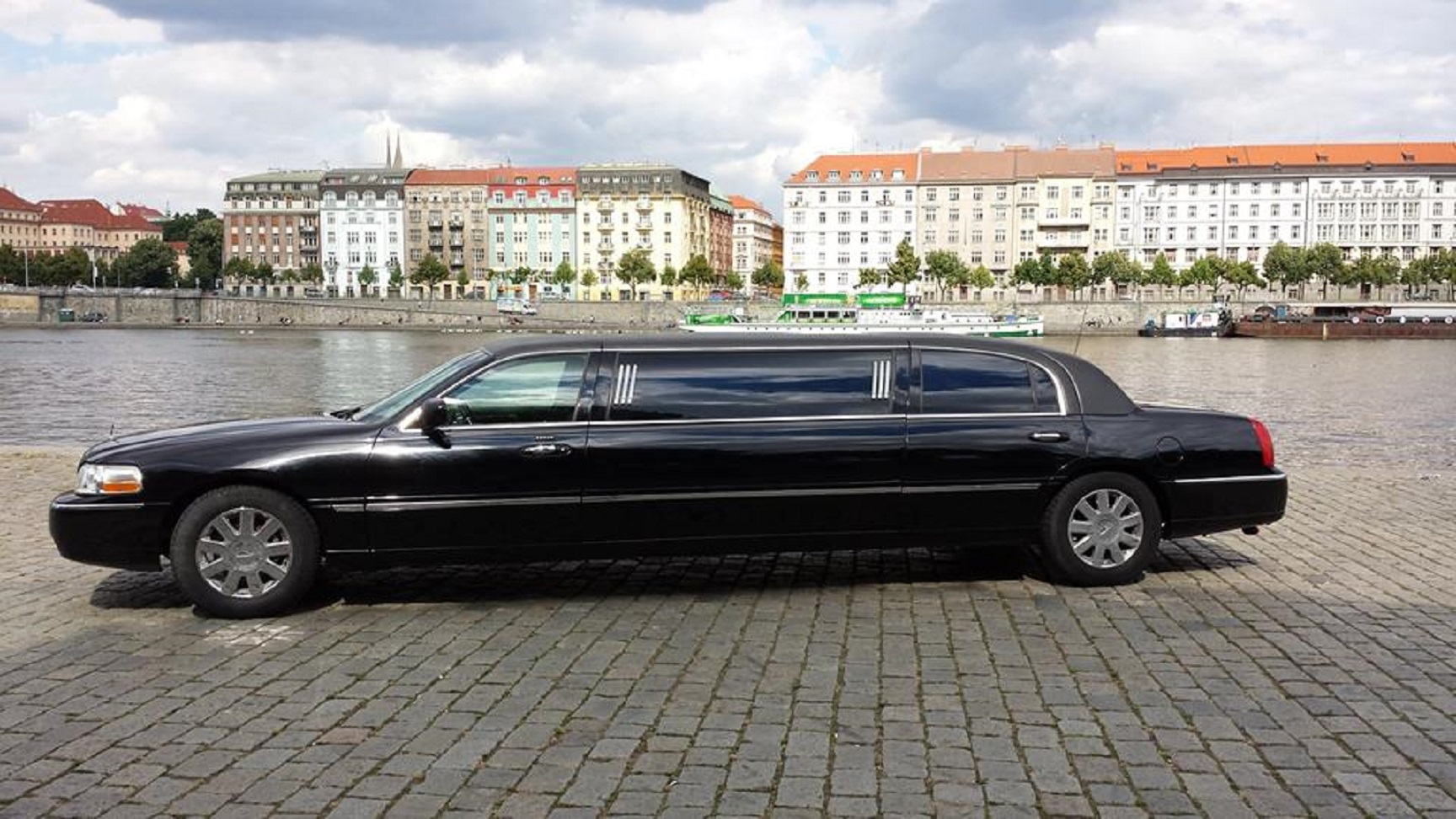 TAFI s.r.o., CC BY-SA 4.0, Wikimedia Commons
TAFI s.r.o., CC BY-SA 4.0, Wikimedia Commons
Rocketman
Hughes tested his first steam-powered rocket in 2014. After successfully piloting one of his rockets to nearly 2,000 feet, Hughes took another flight in 2020.
Though the launch was successful, the parachute failed to open on descent, costing Hughes his life in the crash.
Julius H. Kroehl
Under the employment of the Pacific Pearl Company, Julius H. Kroehl designed and built the Sub Marine Explorer, the first submarine ever that could dive and surface on its own.
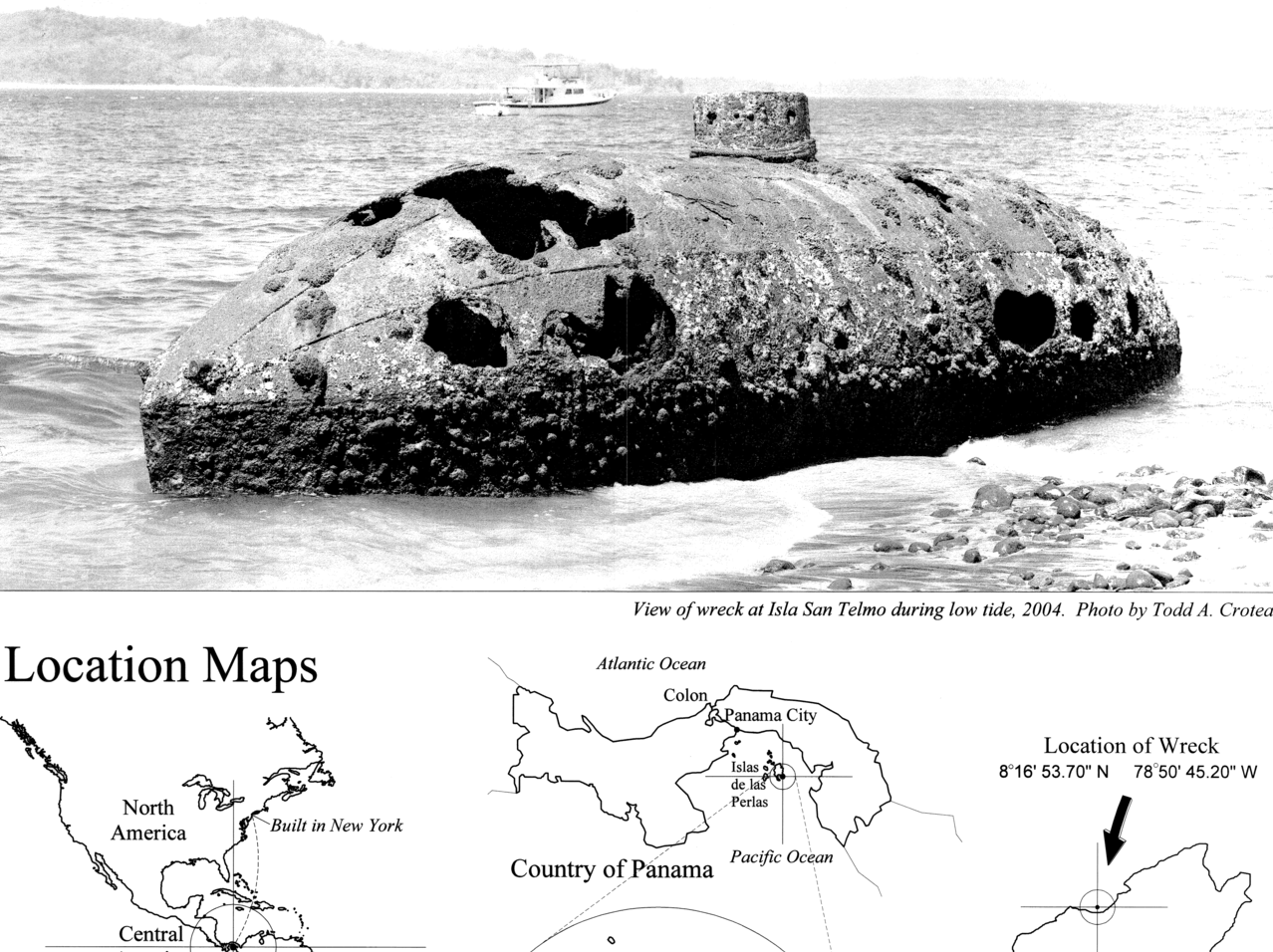 Croteau, Todd A., creator, Wikimedia Commons
Croteau, Todd A., creator, Wikimedia Commons
Pearls For Swine
Kroehl personally piloted his craft on pearl fishing expeditions in Panama—then suddenly passed.
Today it's believed that he succumbed to decompression sickness, something that Kroehl was too ahead of his time to know about.
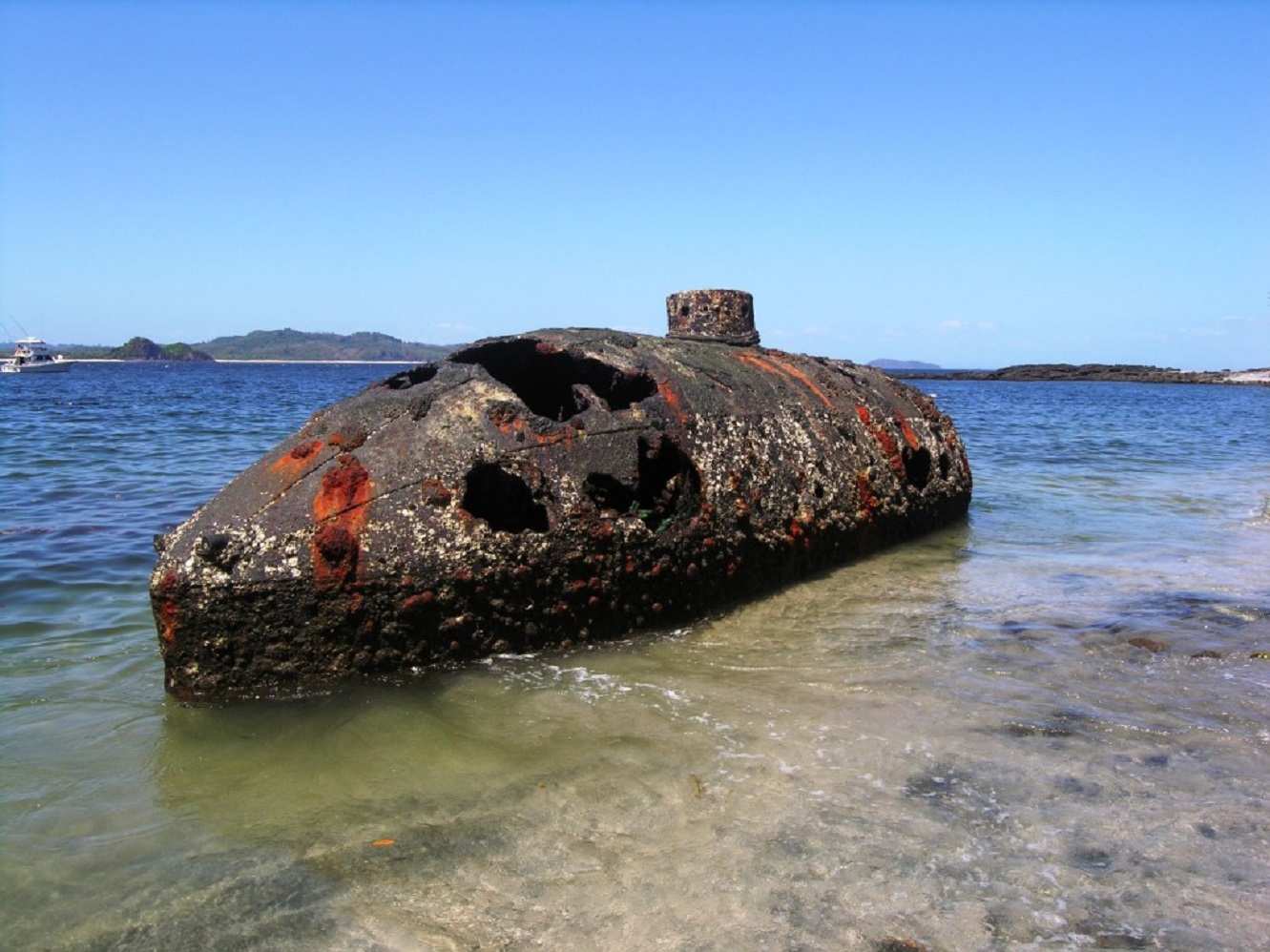 James P. Delgado, CC BY 3.0, Wikimedia Commons
James P. Delgado, CC BY 3.0, Wikimedia Commons
Horace Lawson Hunley
Working for the Confederates, Horace Lawson Hunley built the H. L. Hunley—and perished in it during a test dive. But it gets worse. Unwilling to let go of their investment, the Confederates salvaged the craft and sent it out on a mission.
The Hunley successfully sunk the USS Housatonic—but once again, she sunk, costing the entire crew their lives.
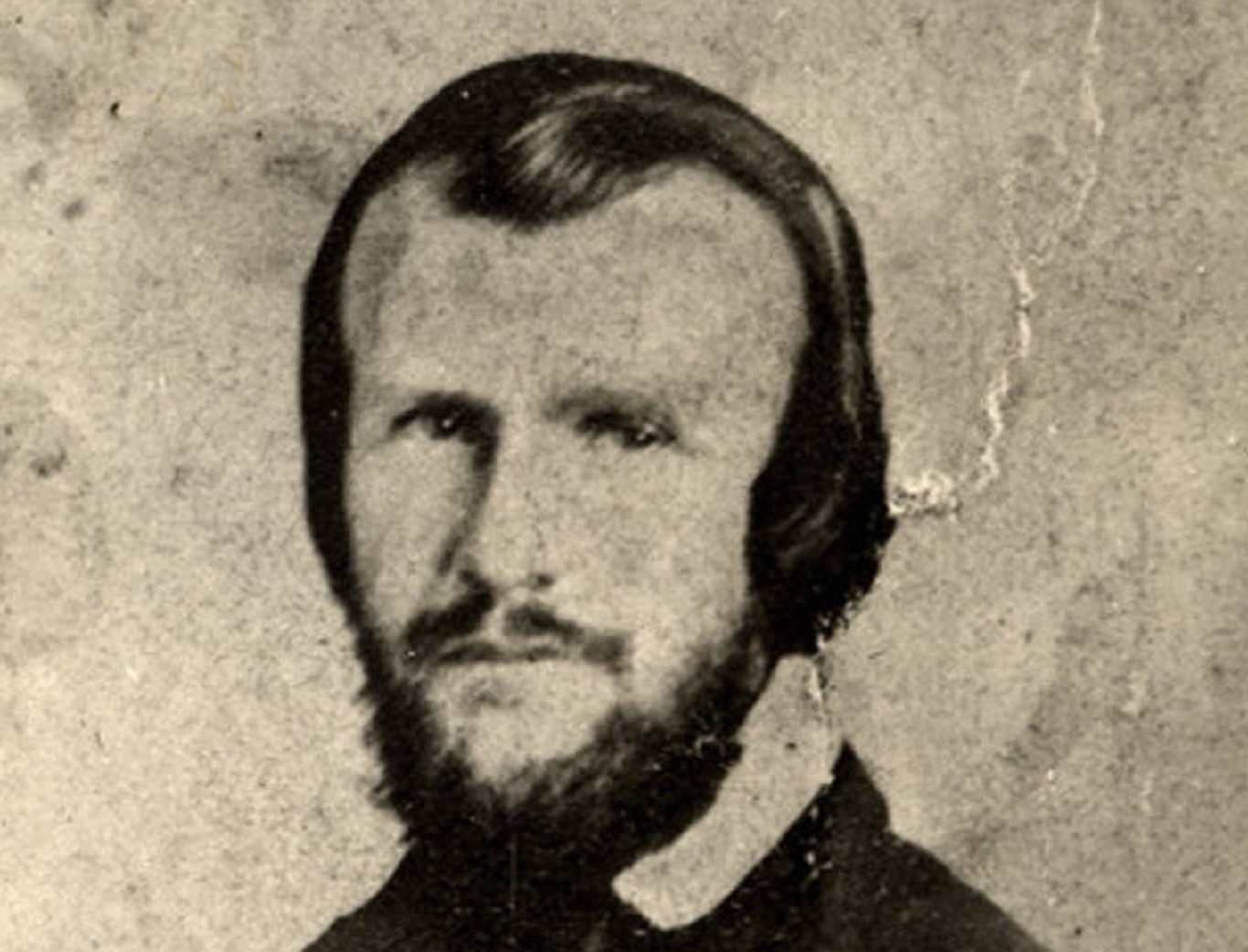 Alabama Department of Archives and History, Wikimedia Commons
Alabama Department of Archives and History, Wikimedia Commons
Otto Lilienthal
"The Flying Man" Otto Lilienthal's glider designs and tests proved that "heavier than air" flight was possible, laying the groundwork for the future of aviation.
Icarus
Lilienthal built the first modern wing, and started flying his own gliders in 1891. Tragically, in 1896, during one of these flights, his glider stalled. Lilienthal fell 50 feet and broke his neck, passing the next day.
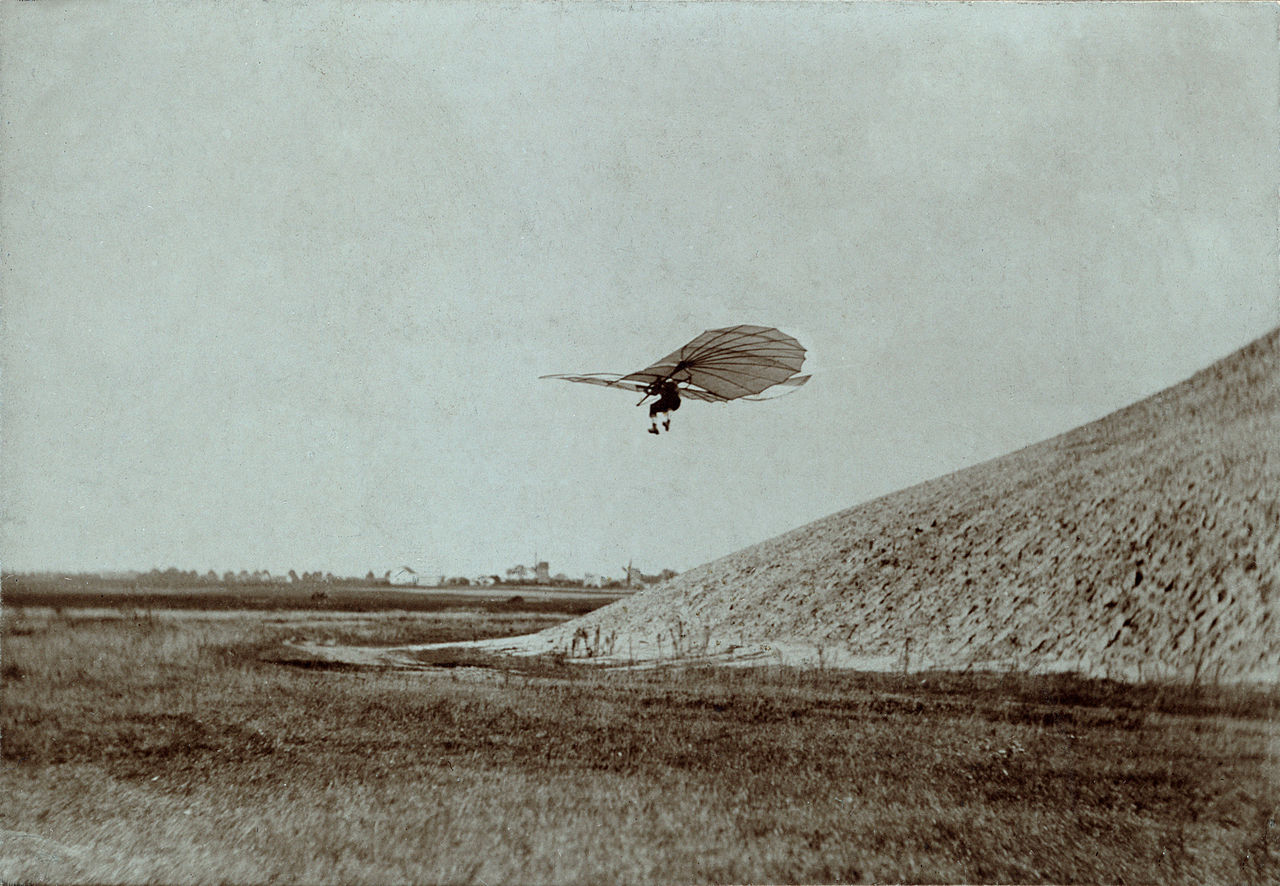 Unknown Author, Wikimedia Commons
Unknown Author, Wikimedia Commons
Charles Ligetti
Charles Ligeti's Ligeti Stratos looked like no other aircraft in the world. With its closed wing design, Ligeti's aircraft was incredibly lightweight and nimble.
Unfortunately, Ligeti lost control of the craft during a flight in 1987, and died upon impact.
Thomas Midgley Jr.
A chemist whose inventions like tetraethyl lead and chlorofluorocarbons were revolutionary, when Thomas Midgley Jr. contracted polio, he also invented a system of ropes and pulleys to help get him in and out of bed.
1944, his body was found asphyxiated and entangled in the contraption he'd designed.
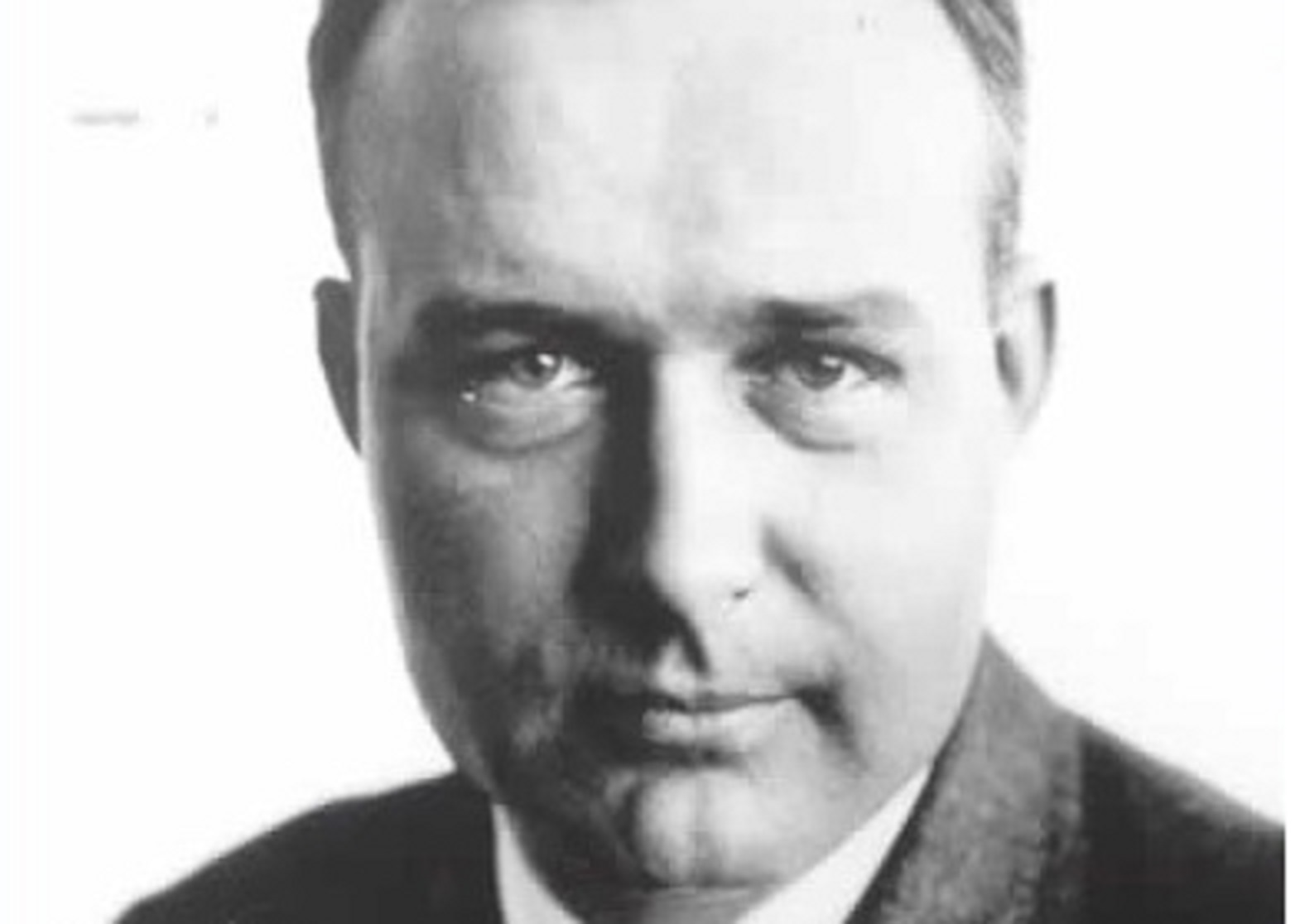 Unknown Author, Wikimedia Commons
Unknown Author, Wikimedia Commons
William Nelson
While working for General Electric, William Nelson invented a new way to make a motor-powered bicycle. While testing his invention on a hill by his home, he crashed and perished on impact.
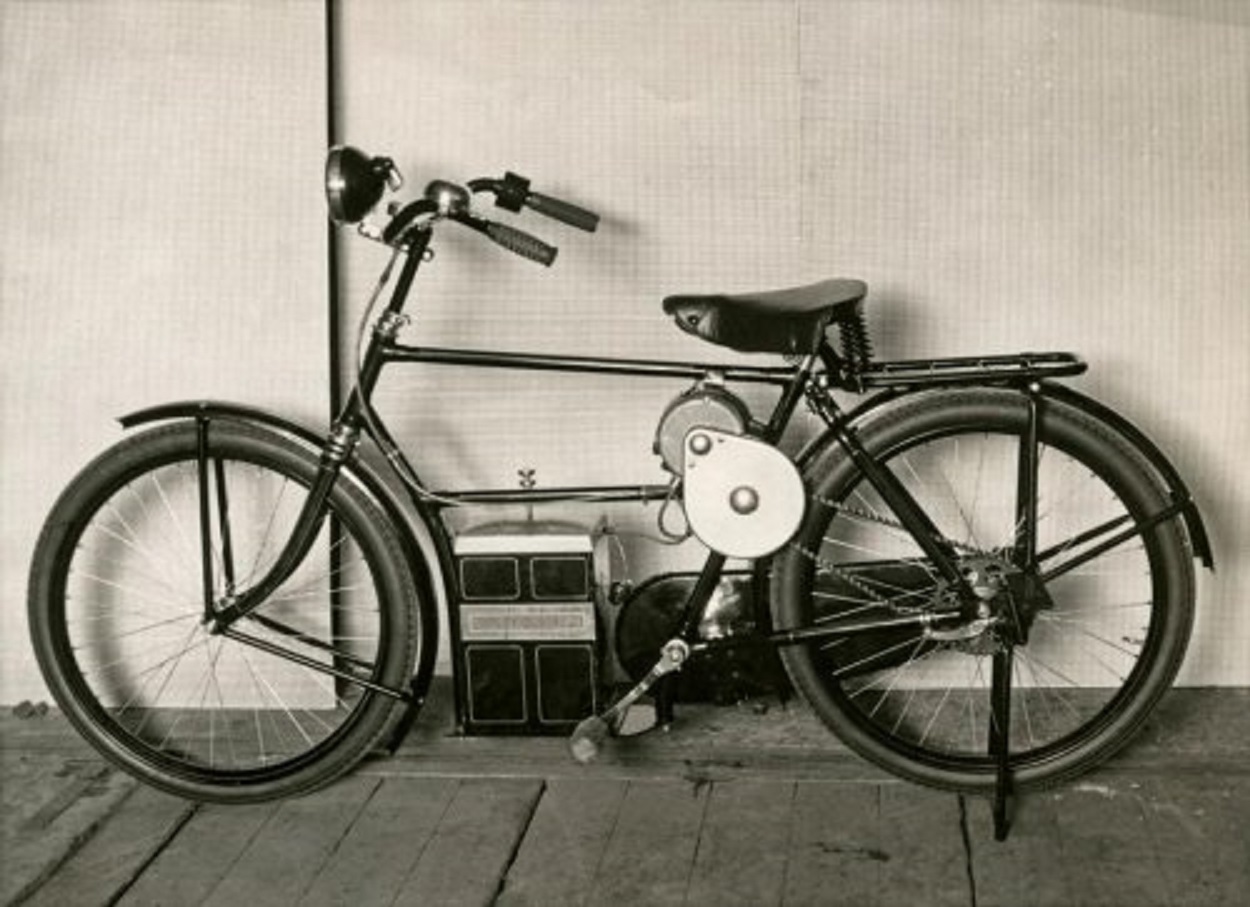 Unknown Author, Wikimedia Commons
Unknown Author, Wikimedia Commons
Percy Pilcher
Percy Pilcher was England's Otto Lilienthal. Unlike Lilienthal, however, Pilcher actually built a motorized aircraft. Unfortunately, he never got to test it.
Mechanical failures delayed the first flight—and before it could happen, Pilcher perished in a glider accident.
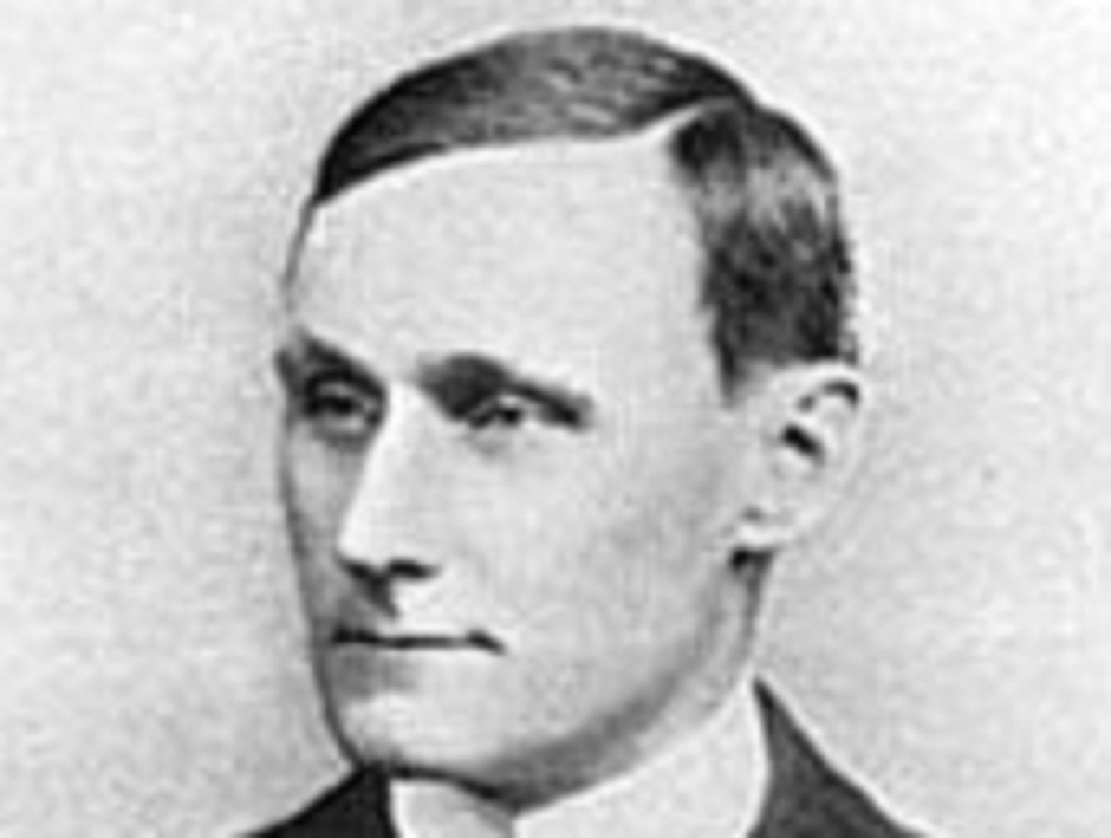 Unknown Author, Wikimedia Commons
Unknown Author, Wikimedia Commons
William Pitt
Canadian William Pitt invented the underwater cable ferry, which vastly improved the infrastructure in his native New Brunswick—but Pitt wasn't around to see it.
In 1909, Pitt fell into the machinery of one of his ferries and succumbed to his gruesome injuries.
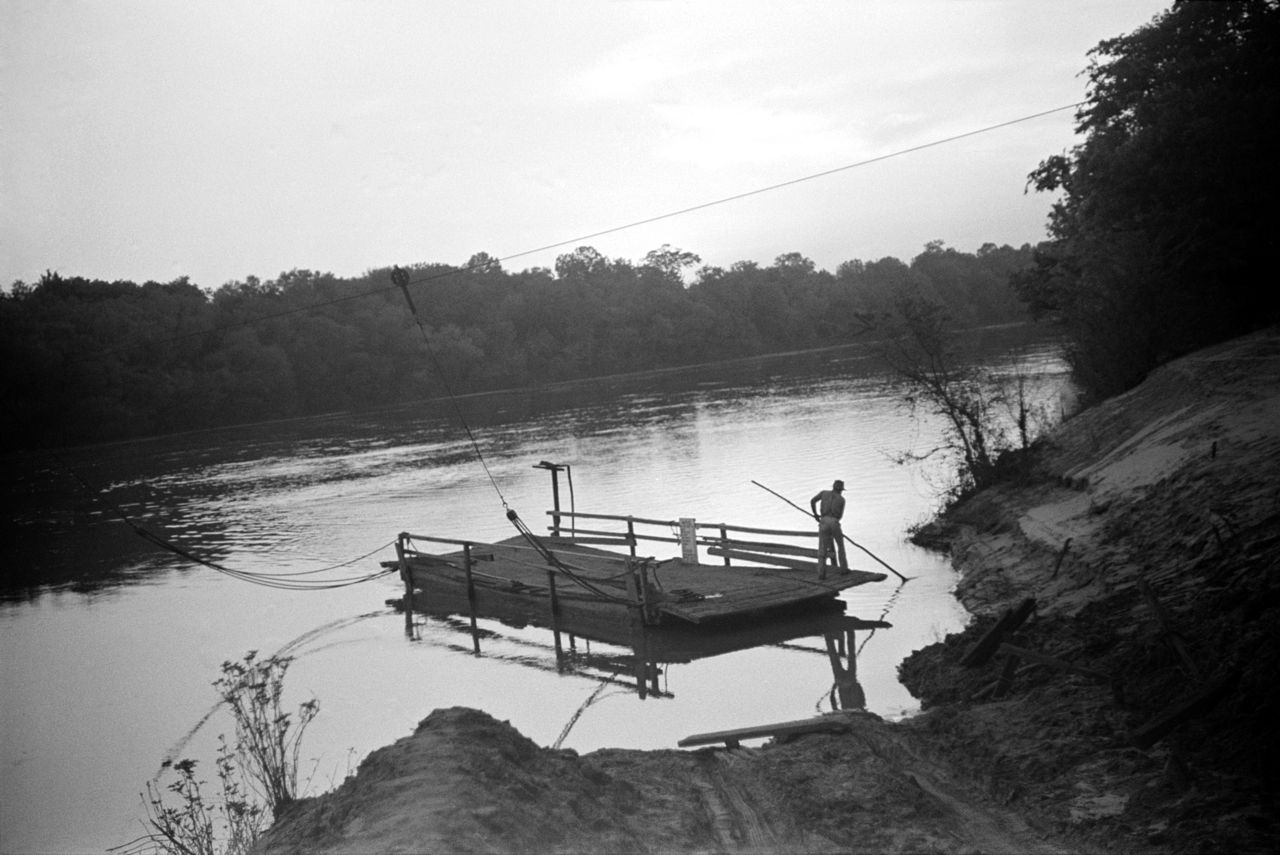 Marion Post Wolcott , Adam Cuerden, Wikimedia Commons
Marion Post Wolcott , Adam Cuerden, Wikimedia Commons
Franz Reichelt
An Austro-Hungarian tailor with big dreams, Franz Reichelt designed and made the first-ever coat with a parachute inside.
He told people he would test it with a dummy—then at the last second strapped the coat on himself and leaped from the first deck of the Eiffel Tower. He should have used the dummy.
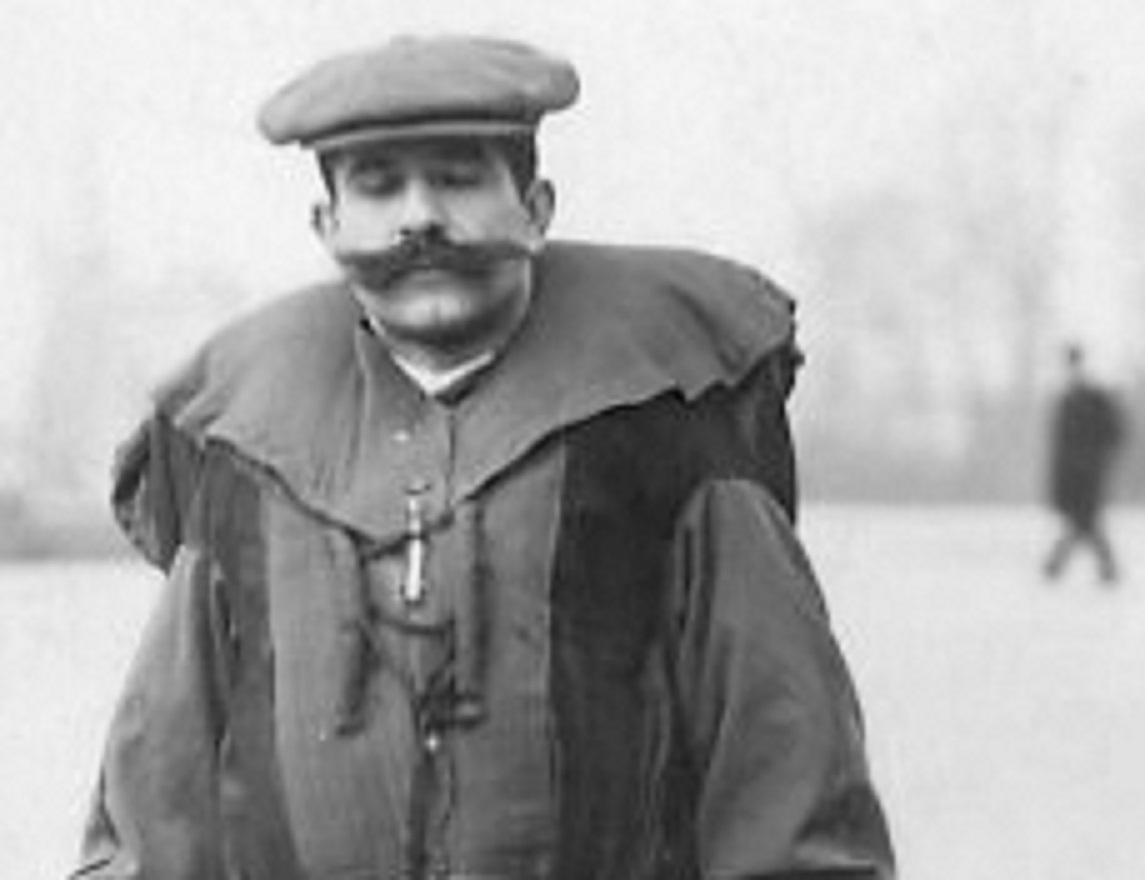 Agence de presse Meurisse, Wikimedia Commons
Agence de presse Meurisse, Wikimedia Commons
Stockton Rush
Stockton Rush was the pilot and engineer of the OceanGate Titan submersible. In 2023, the craft imploded while on a dive to take tourists to the Titanic. Rush and the four other passengers lost their lives.
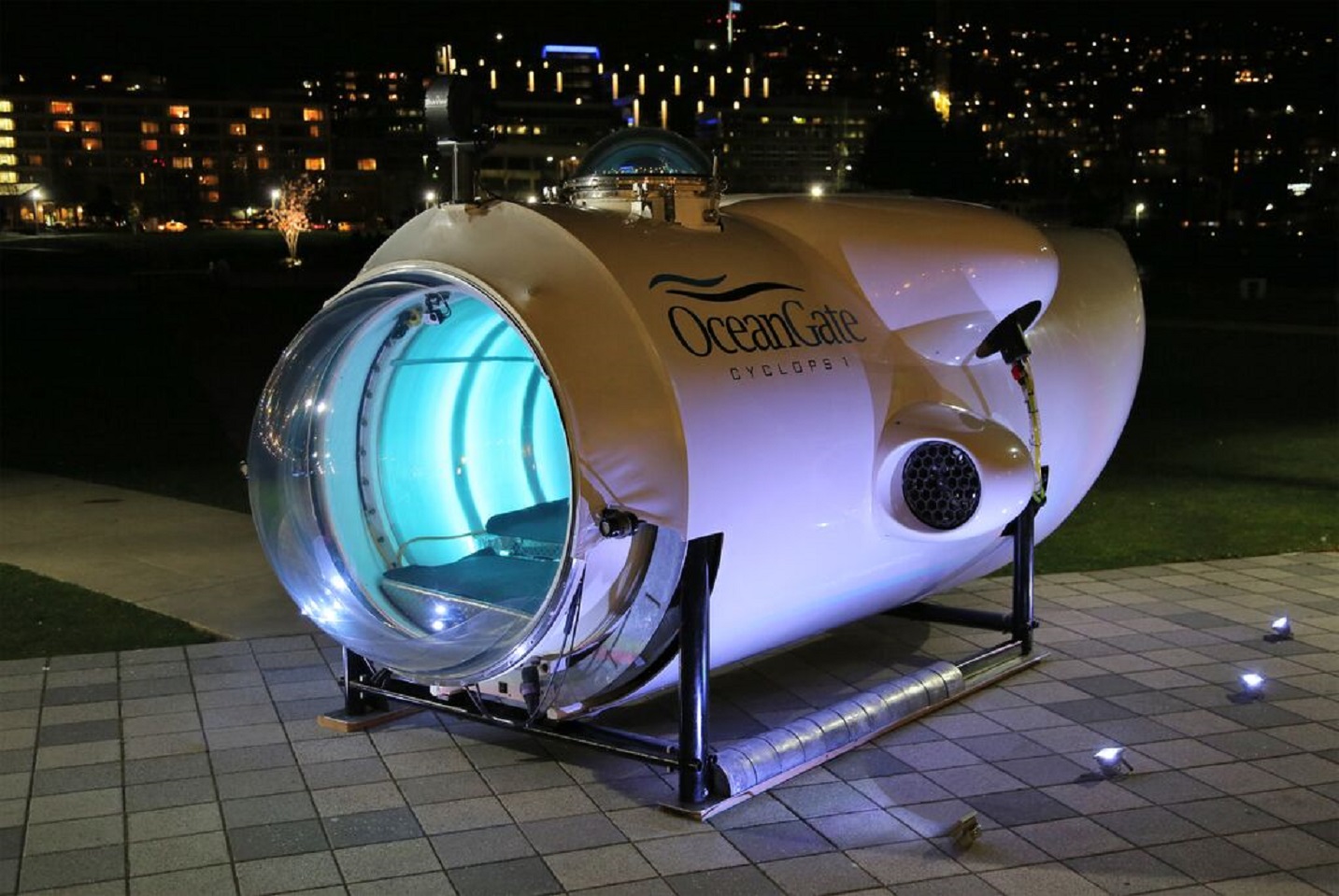 Isabeljohnson25, CC BY-SA 4.0, Wikimedia Commons
Isabeljohnson25, CC BY-SA 4.0, Wikimedia Commons
Dr. Sabin Arnold Von Sochocky
Building on the work of Marie Curie, Dr. Sabin Arnold von Sochocky invented the first luminescent paint and started the United States Radium Corporation.
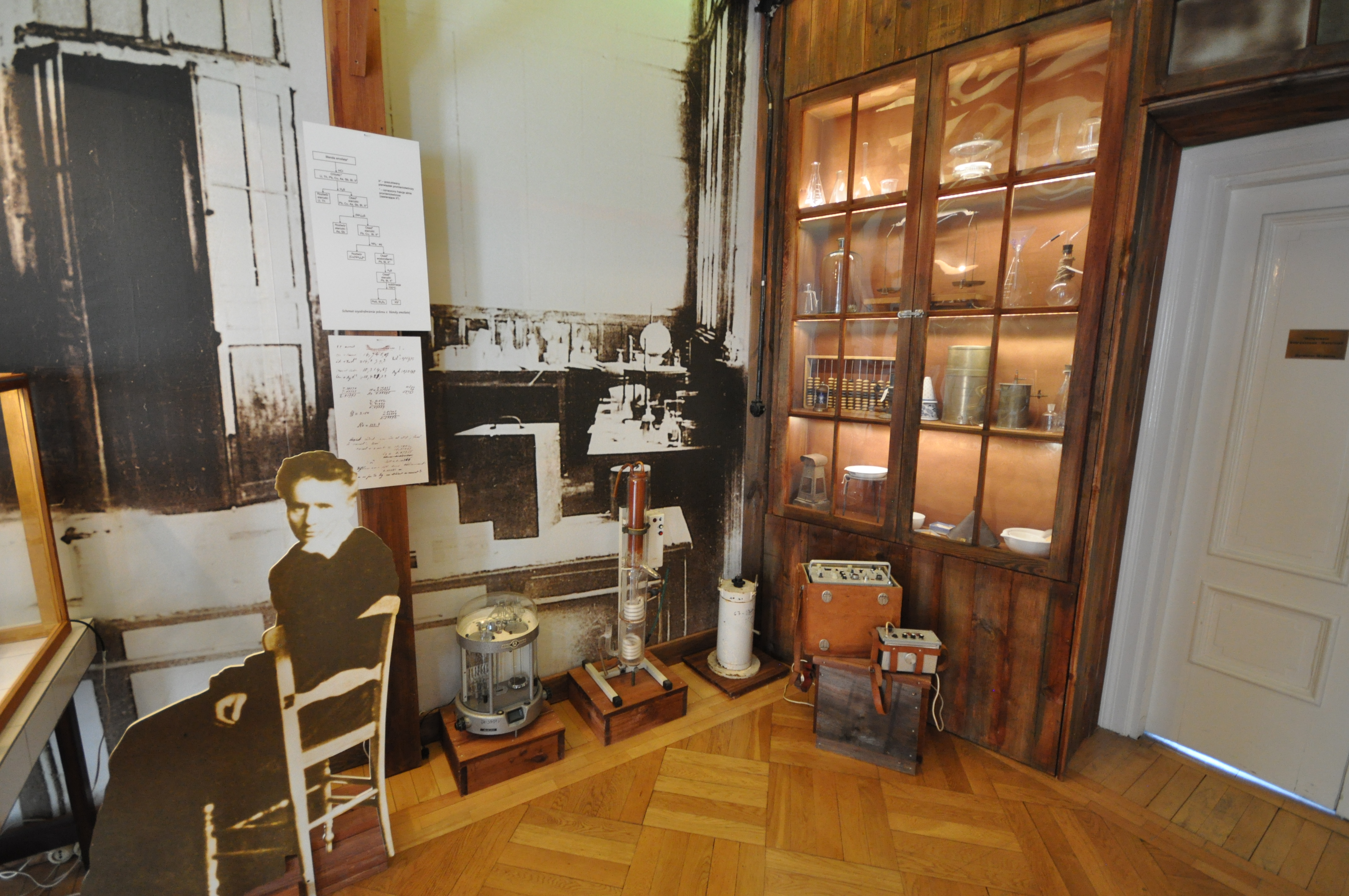 Jorge Láscar, CC BY 2.0, Wikimedia Commons
Jorge Láscar, CC BY 2.0, Wikimedia Commons
Radioactive Man
Several of the company's workers lost their lives from radium poison, and von Sochocky later passed of aplastic anemia, the same affliction as Marie Curie.
Sylvester H. Roper
Sylvester H. Roper's Roper steam velocipede was one of the first-ever motorcycles. He suffered a fatal crash during a public speed trial.
An autopsy showed he suffered a heart attack, but it's unknown if the crash caused the heart attack—or the other way around.
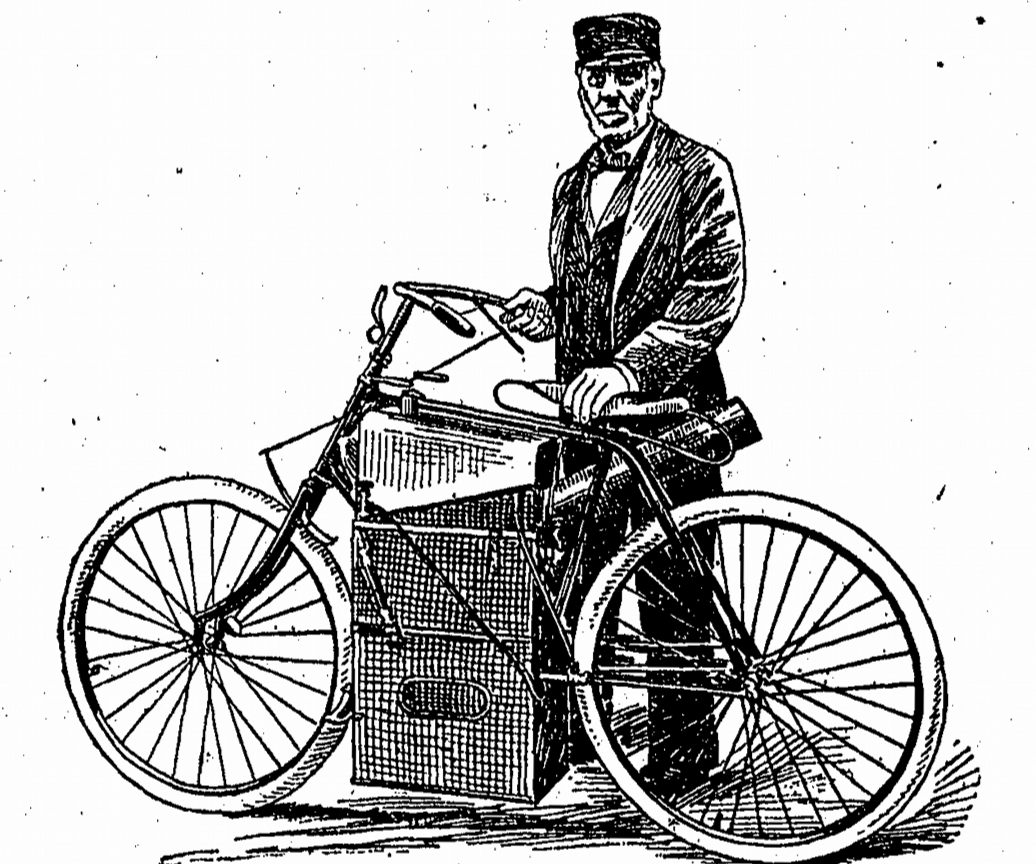 Boston Daily Globe, Wikimedia Commons
Boston Daily Globe, Wikimedia Commons
Jean-François Pilâtre de Rozier
Balloons may seem safer than planes, but gravity is gravity. Jean-François Pilâtre de Rozier made the first-ever manned free-balloon flight in a balloon of his own design.
Later, during an attempt to cross the English Channel, he was in a fatal balloon crash—the first air crash fatality in the history of aviation.
 Unknown Author, Wikimedia Commons
Unknown Author, Wikimedia Commons
Henry Smolinski
Henry Smolinski dreamed of a world with flying cars, so he built the AVE Mizar. It was, quite literally, a Ford Pinto with wings and an aircraft engine.
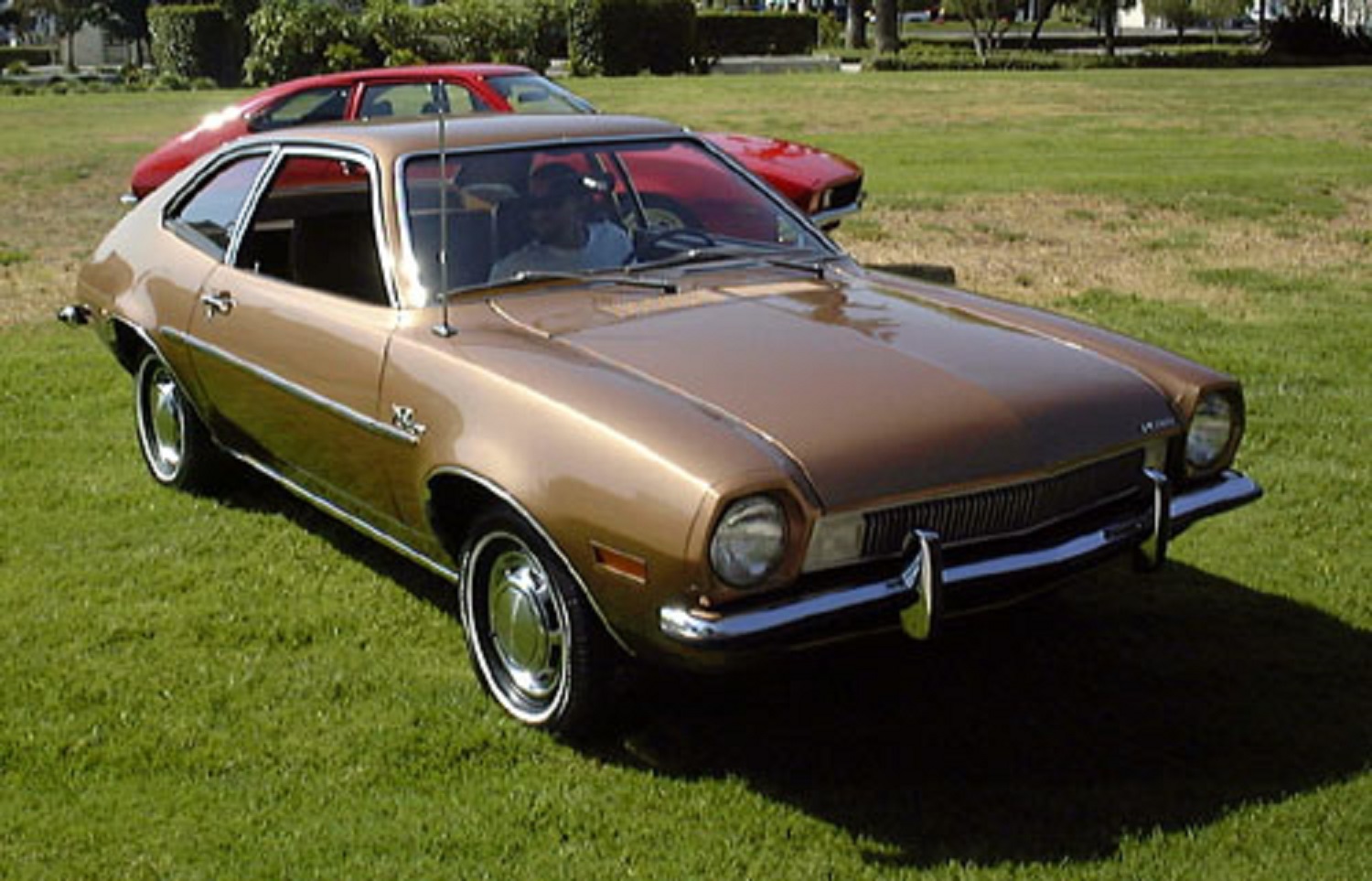 User Morven, CC BY-SA 3.0, Wikimedia Commons
User Morven, CC BY-SA 3.0, Wikimedia Commons
It Wasn't Ready
During the AVE Mizar's first test flight, the right wing strut failed. Smolinsky himself piloted the craft on its second flight—and the wing strut failed again.
Reports say that the wing structure detached from the Pinto. Smolinsky and AVE Vice President Harold Blake both perished in the crash.
![Advanced Vehicle Engineers (AVE) Mizar [1973] N68X Oxnard Airport - 1973](https://www.factinate.com/storage/app/media/historyexpose/2024/3/14/AVE-Mizar-1973-N68X-XL.jpg) Doug Duncan, CC BY-SA 3.0, Wikimedia Commons
Doug Duncan, CC BY-SA 3.0, Wikimedia Commons
Karel Soucek
Professional stuntman Karel Soucek invented a "shock-absorbent barrel". He personally demonstrated the device by climbing inside before dropping it from the roof of the Houston Astrodome.
The barrel was supposed to land in a water tank, but the aim was off. Soucek landed on the metal rim of the tank and was fatally injured.
Francis Edgar Stanley
Francs Edgar Stanley invented the "Stanley Steamer" automobile and built a successful automotive company. But he still had to share the road with wagons—and his impatience cost him.
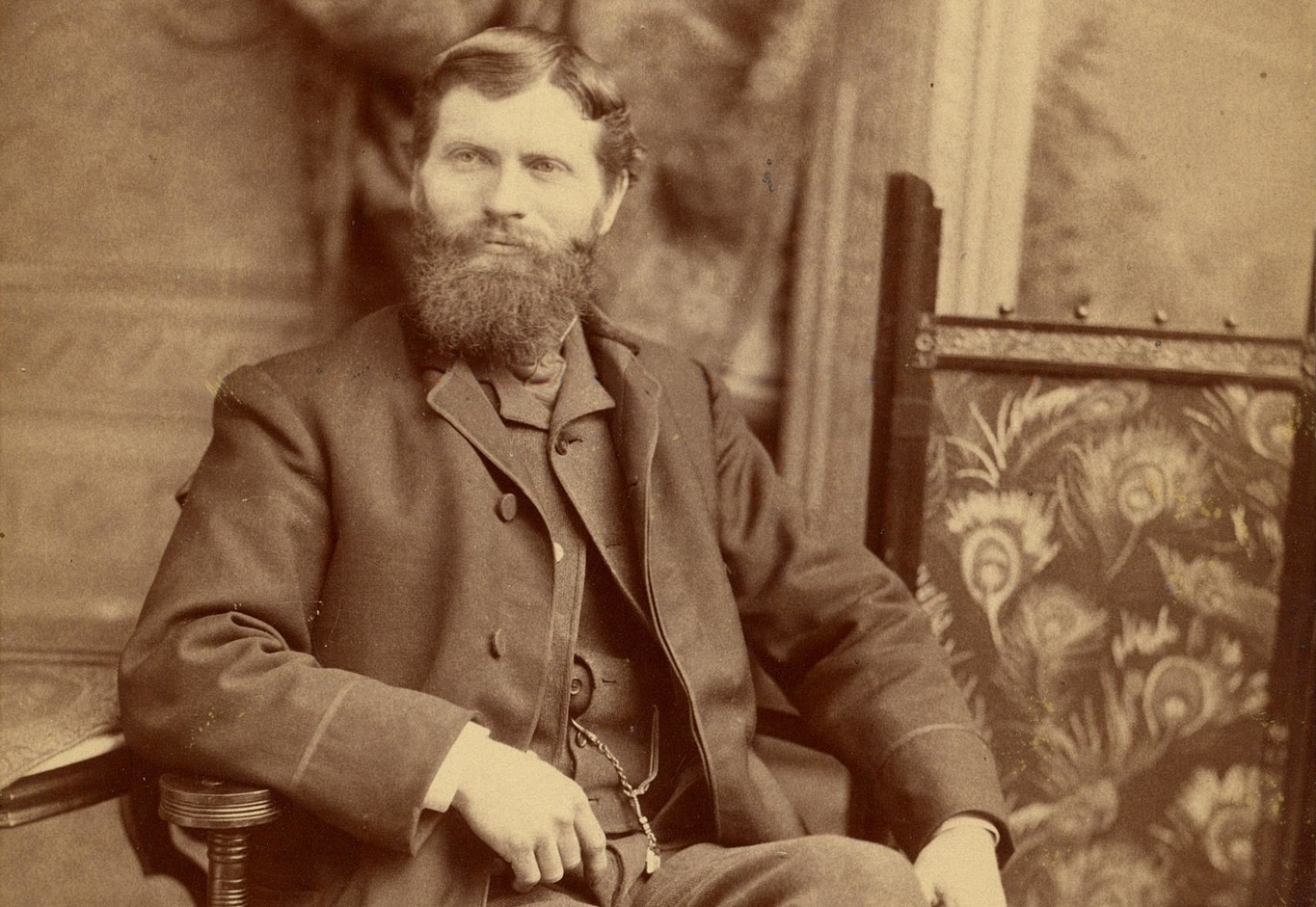 Francis Edgar Stanley, Wikimedia Commons
Francis Edgar Stanley, Wikimedia Commons
Road Rage
In 1918, while driving one of his Stanley Steamers, Stanley got stuck behind two farm wagons moving side-by-side, blocking the road. Stanley tried to go around them, but he lost control and careened into a woodpile. He did not survive.
 Unknown Author, Wikimedia Commons
Unknown Author, Wikimedia Commons
Henri Thuile
Henri Thuile's high-speed steam locomotive reached a top-speed of 73mph, revolutionary for the time. But speed is dangerous: During one test, Thuile leaned too far out of the car and was fatally struck by a pole.
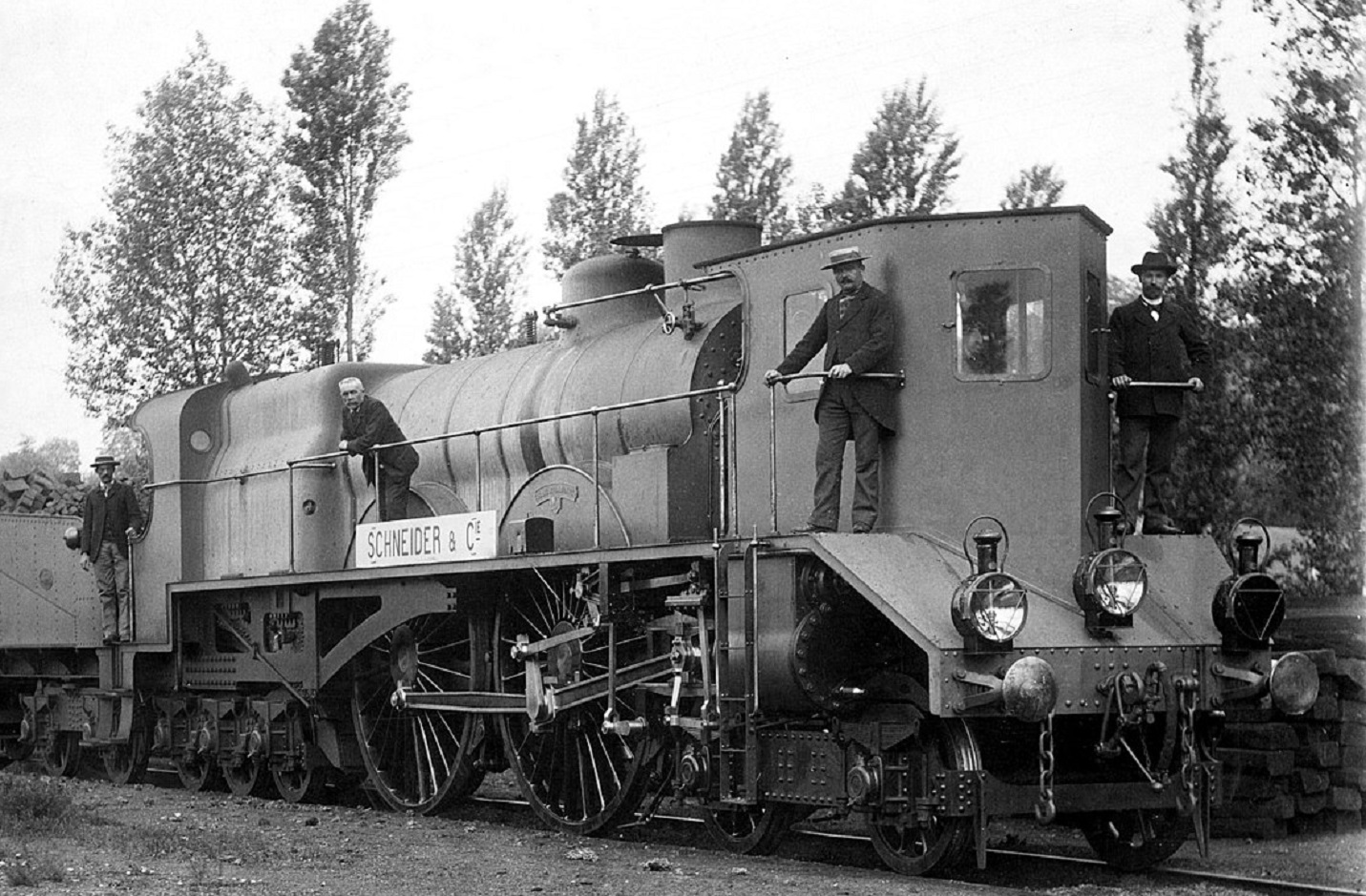 Unknown Author, Wikimedia Commons
Unknown Author, Wikimedia Commons
Max Valier
A pioneer in rocketry, German engineer Max Valier invented the liquid-fueled rocket engine. At age 35, however, an alcohol-fuelled rocket ignited as he was working on it at his test bench. He instantly perished in the explosion.
Aurel Vlaicu
The Wright Brothers' successful flight inspired engineers all over the world. Romanian Aurel Vlaicu's planes were some of the most advanced in Europe, but in 1913, he crashed the A. Vlaicu Nr. II, a plane he had flown many times, while trying to be the first person to cross the Carpathian Mountains by air.
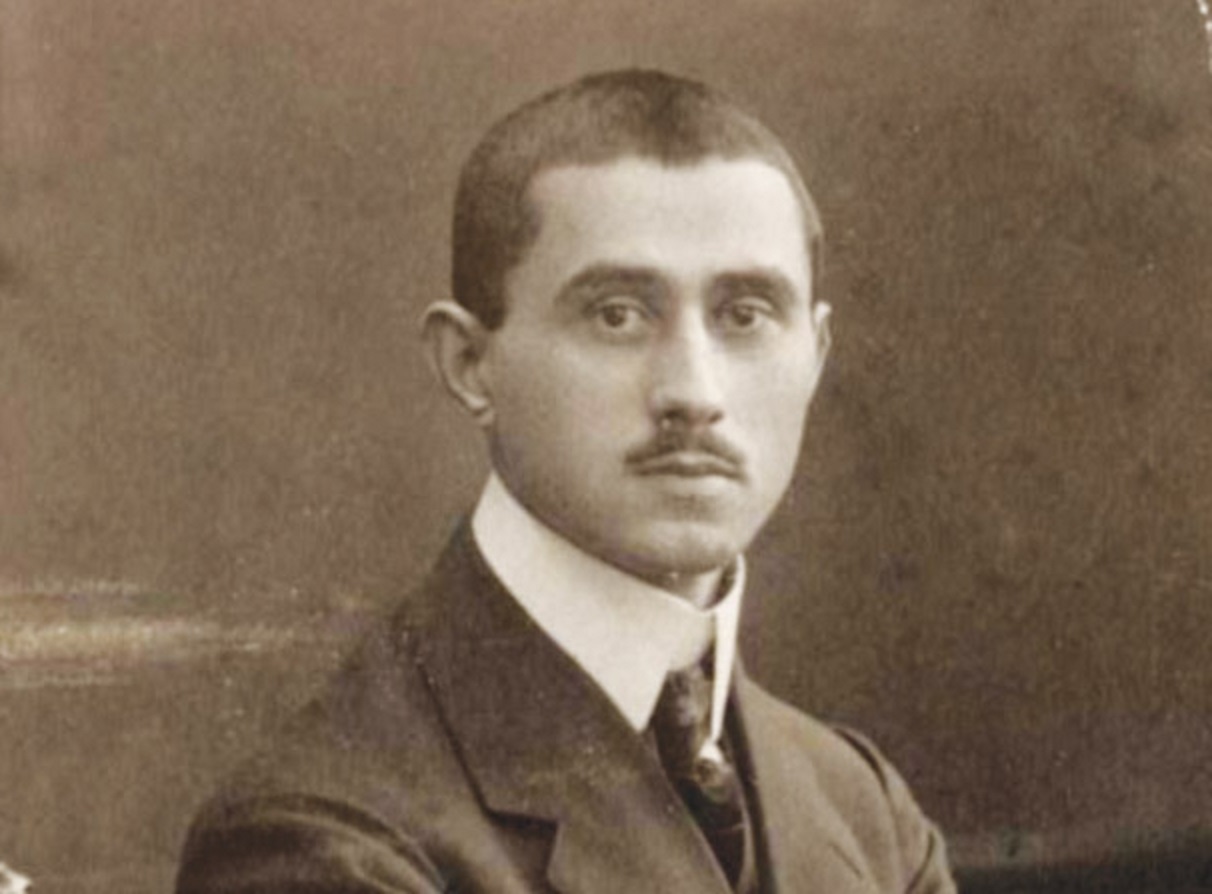 Personal collection, Wikimedia Commons
Personal collection, Wikimedia Commons
Webster Wagner
Webster Wagner was a railway pioneer who invented the sleeping car and perfected ventilation in railway cars. In 1882, his body was found crushed between two of the sleeper cars that he invented.
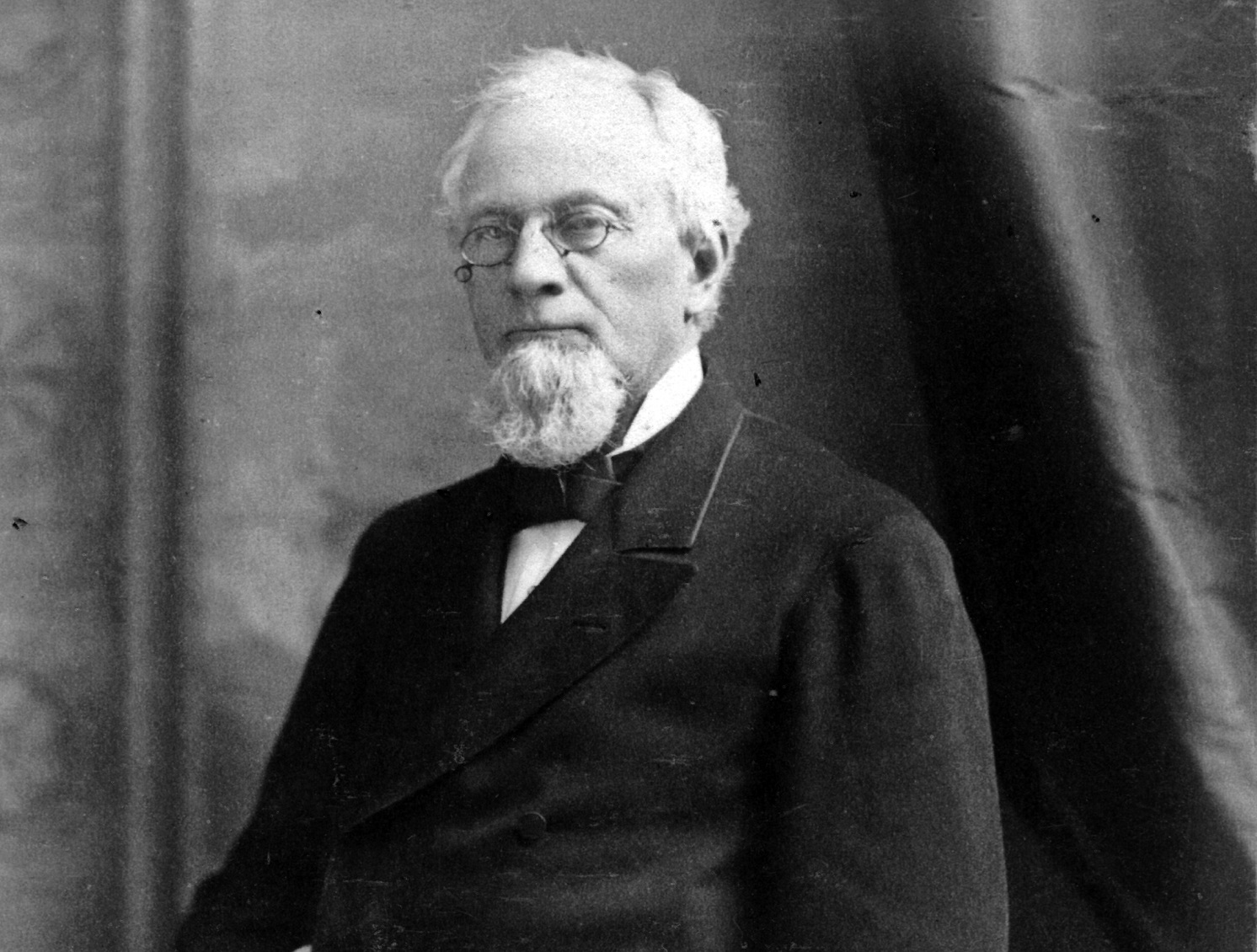 Notman Photographic Studios, CC BY-SA 4.0,Wikimedia Commons
Notman Photographic Studios, CC BY-SA 4.0,Wikimedia Commons
Henry Winstanley
Henry Winstanley built world's first offshore lighthouse, which began operation in 1696. He often bragged about how safe his design was, saying he wished he could shelter inside it "during the greatest storm there ever was".
The lighthouse was washed away during the Great Storm of 1703, with Winstanley and five other men inside.


